Incredible Evolution of Everyday: Living Then vs. Today
30 Nov 2023Embark on a fascinating journey through time as we explore the evolution of everyday life, comparing the intricacies of old-time domesticity with the conveniences and innovations that define our contemporary lifestyles. We've prepared a lot of amazing things for you, so we recommend reading our article to the end!
Kitchen – Then
Earlier kitchens were functional rooms designed for efficiency. Compact layouts and simple color schemes characterized these spaces. Practicality was paramount, with an emphasis on easy-to-clean surfaces. Homemakers worked there armed with the essentials: a stove, a refrigerator, and the quintessential kitchen table. By the way, in the homes of wealthy people, only maids, not female residents, usually worked in the kitchen.
 @Silkkiuikku/Reddit.com
@Silkkiuikku/Reddit.com
Kitchen – Now
Today kitchens marry functionality with aesthetics. Sleek, minimalist designs dominate, featuring high-end materials such as granite countertops and stainless steel appliances. Smart technology has found a place in the kitchen, with connected devices, touch-screen interfaces, and voice-activated assistants enhancing the cooking experience.

Popular dishes – Then
As you can see in the photo, pompous dishes were all the rage in the 20th century! Gelatinous Layered Pie stood out as a symbol of artistry and became a hallmark of 20th-century dining. The heart of this dish lies in its harmonious blend of flavors and textures. Shredded carrots bring a subtle sweetness, while celery adds a refreshing crunch. Encased in flaky layers of pastry, the vegetables are in gelatin, creating a unique taste.
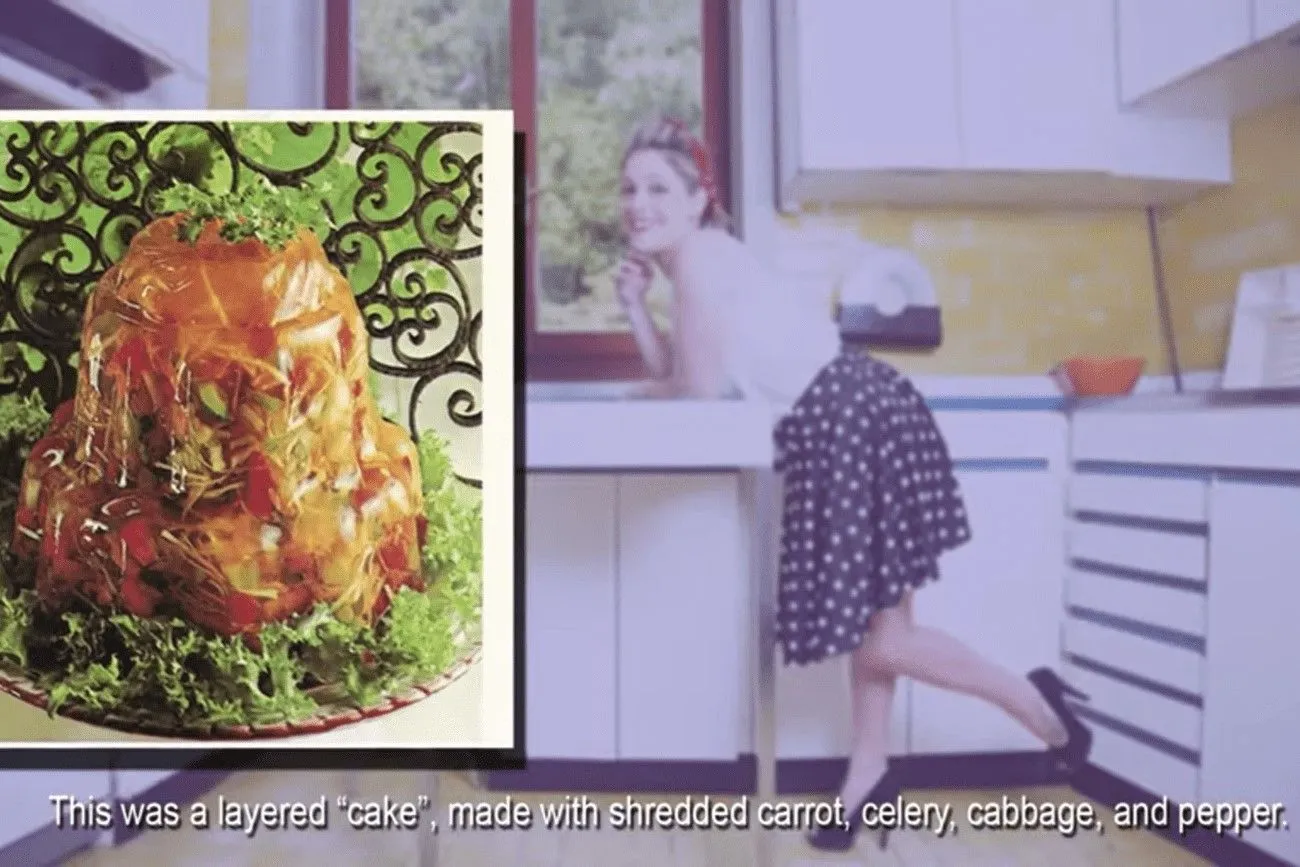 @Weird Foods People Ate During The 1950s/DeathDoor/YouTube.com
@Weird Foods People Ate During The 1950s/DeathDoor/YouTube.com
Popular dishes – Now
Today, chefs and restaurateurs enjoy creating seemingly simpler dishes, yet this doesn't diminish their deliciousness. For instance, as an alternative to the previous layered pie, a straightforward aspic has become popular, known for its simplicity in preparation. In fact, boiled vegetables and meat just need to be poured with broth with gelatin and that’s it!
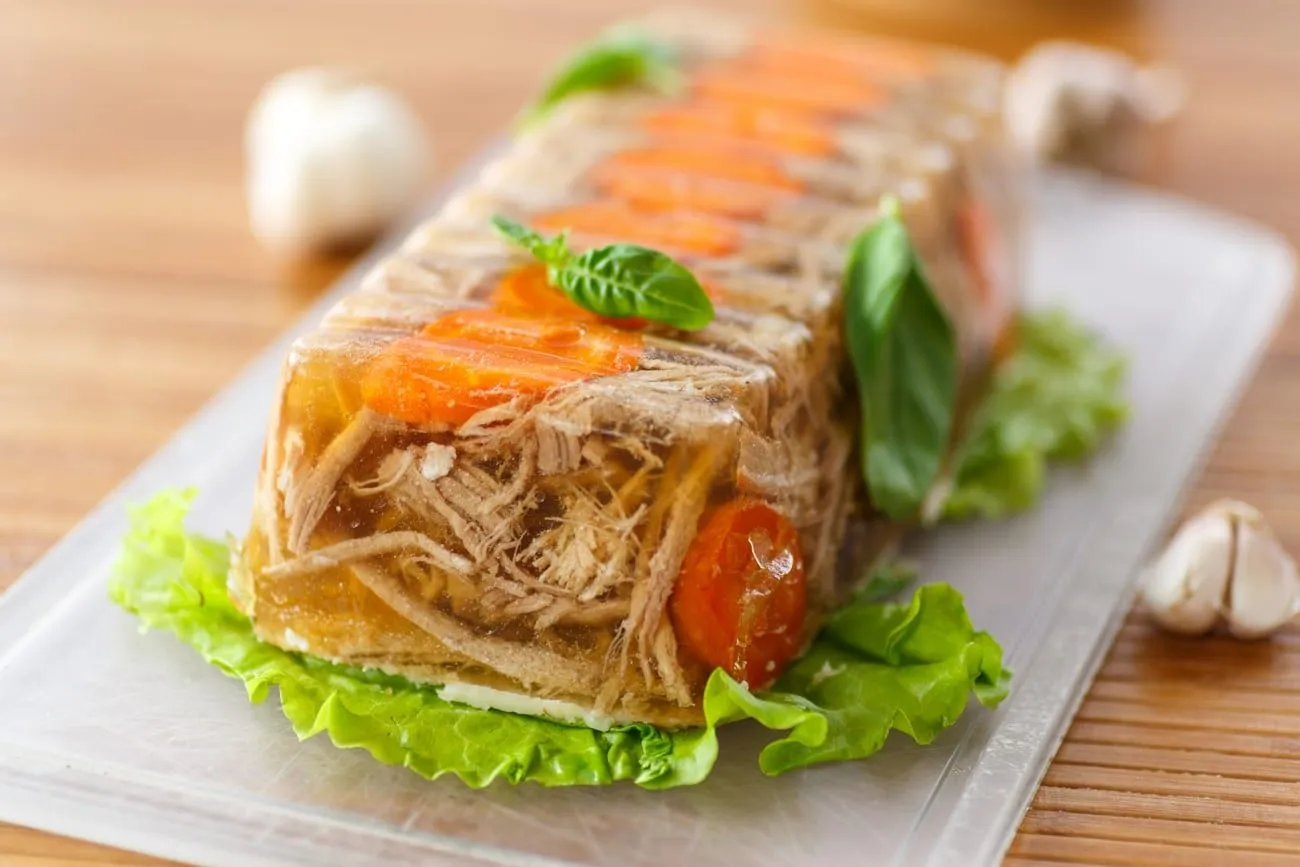
Burger – Then
At the turn of the 20th century, the concept of a burger was refreshingly uncomplicated. A basic bun, often delivered fresh from local bakeries, cradled a succulent, handcrafted patty. The patty, usually composed of ground beef seasoned with minimal spices, was the star of this culinary creation.
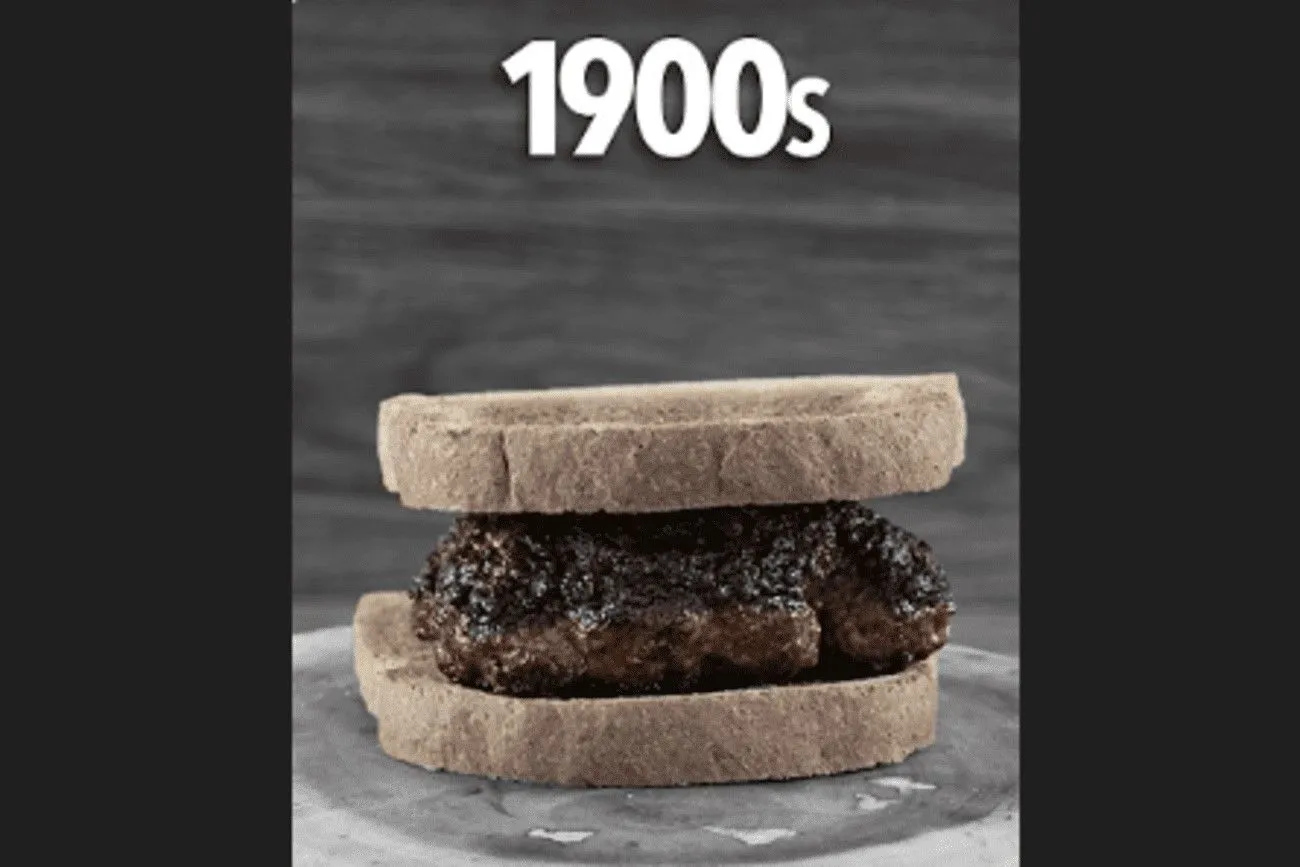 @I Cooked 100 Years of Burgers/Guga Foods/YouTube.com
@I Cooked 100 Years of Burgers/Guga Foods/YouTube.com
Burger – Now
In the 21st century, burgers have transcended their humble origins, evolving into culinary masterpieces. From gourmet fusions to plant-based innovations, the contemporary burger is a testament to the ever-expanding boundaries of creativity. Toppings have evolved beyond the basics. Fried eggs, specialty cheeses, onion jam, and even arugula are now commonplace, adding taste.
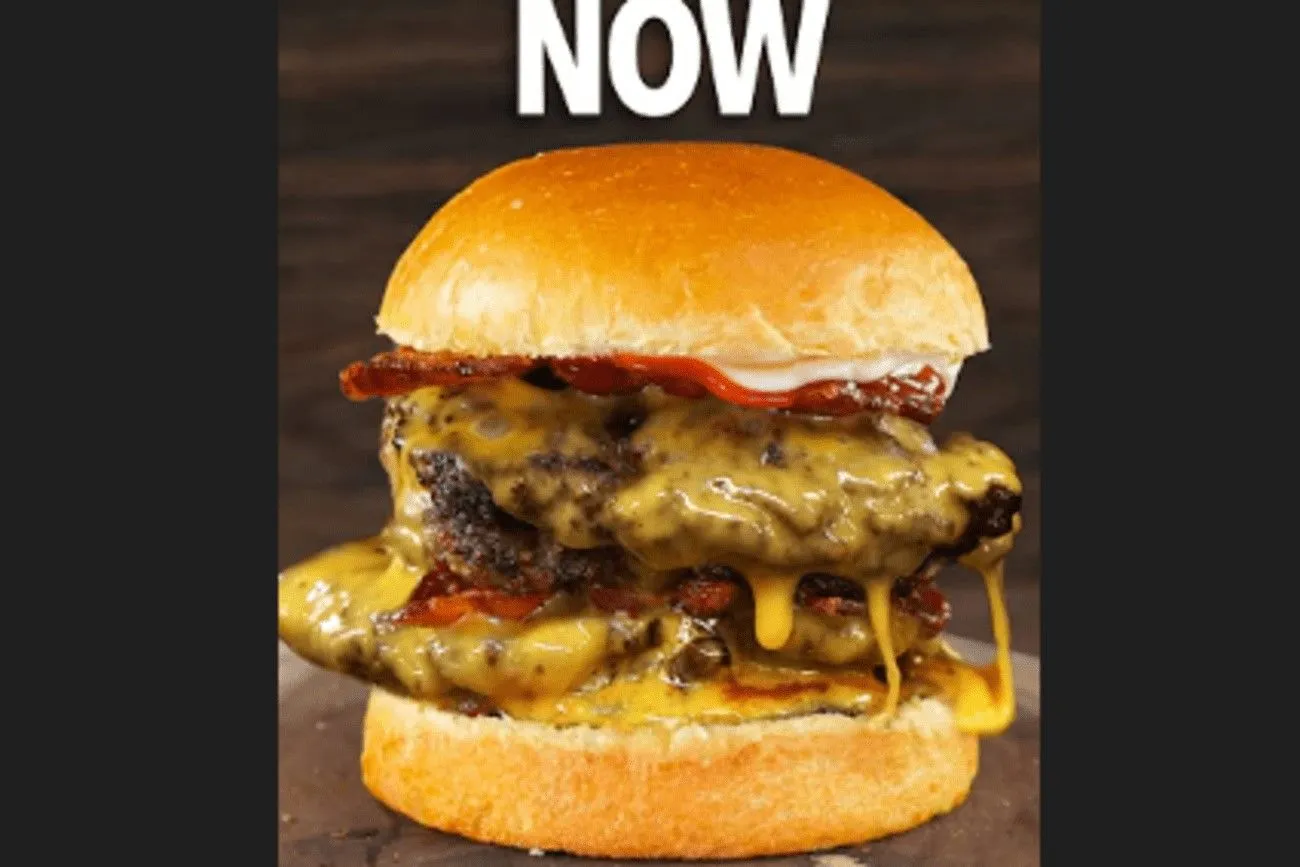 @I Cooked 100 Years of Burgers/Guga Foods/YouTube.com
@I Cooked 100 Years of Burgers/Guga Foods/YouTube.com
Kitchen sets – Then
In the 20th century, kitchen sets for various grains and spices often had a vibrant and beautiful appearance, as seen in this photo. Apparently, such designs brought joy and inspiration to homemakers. Moreover, home decor was typically austere during that time, making these kitchen accessories a colorful addition that brightened up kitchens.
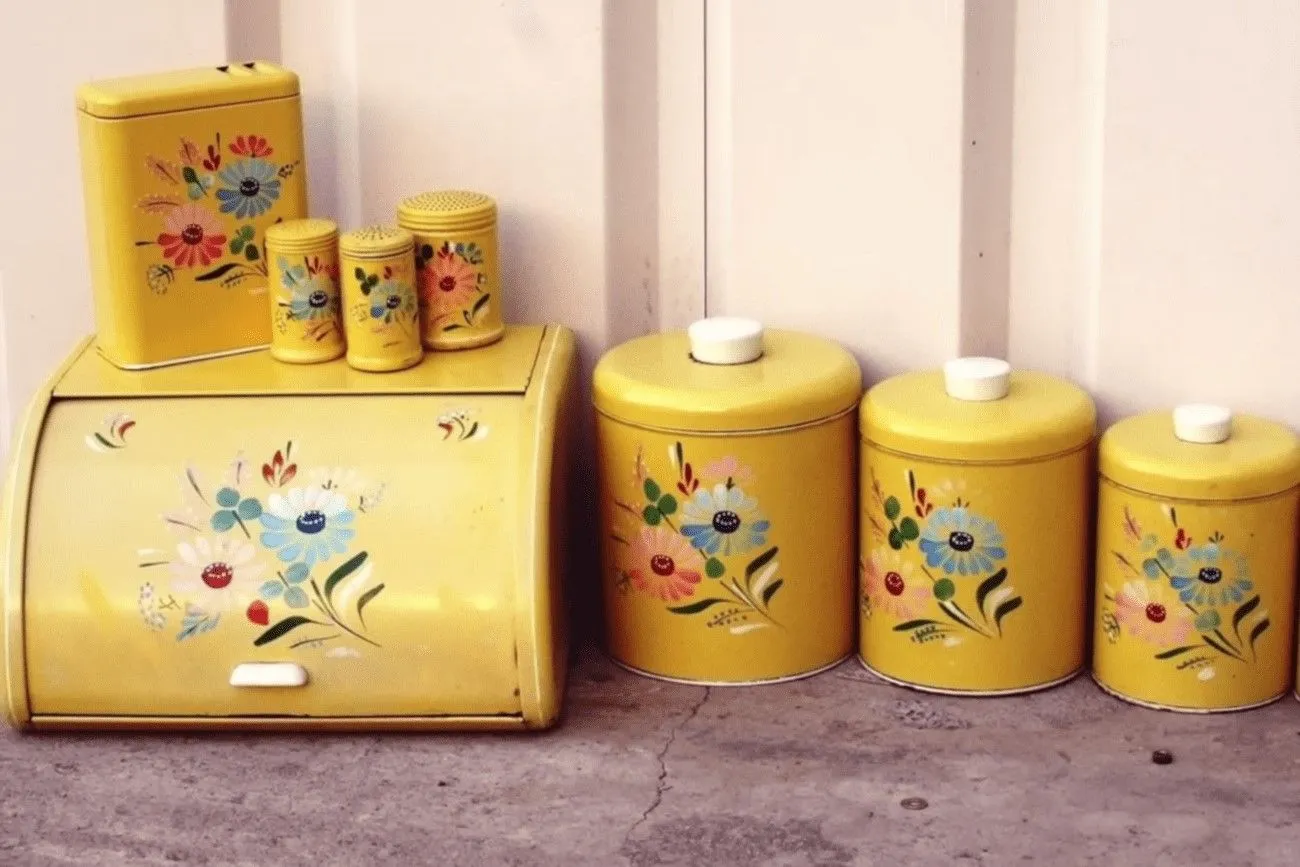 @FORGOTTEN Objects in EVERY 1950s Kitchen - Life in America/Recollection Road/YouTube.com
@FORGOTTEN Objects in EVERY 1950s Kitchen - Life in America/Recollection Road/YouTube.com
Kitchen sets – Now
Today, similar kitchen sets have taken on a more minimalist yet stylish appearance. Transparent sets, as shown in the photo, have gained popularity. They are practical, allowing you to easily see the contents without opening the lid. This feature makes them appealing to any homemaker!

Jello molds – Then
Jello molds, a whimsical staple of mid-century kitchens, captured the essence of an era where culinary creativity met artistic design. In the mid-20th century, metal Jello molds reigned. Crafted from durable materials, these molds featured intricate designs ranging from geometric patterns to floral motifs, adding a touch of elegance to gelatin creations.
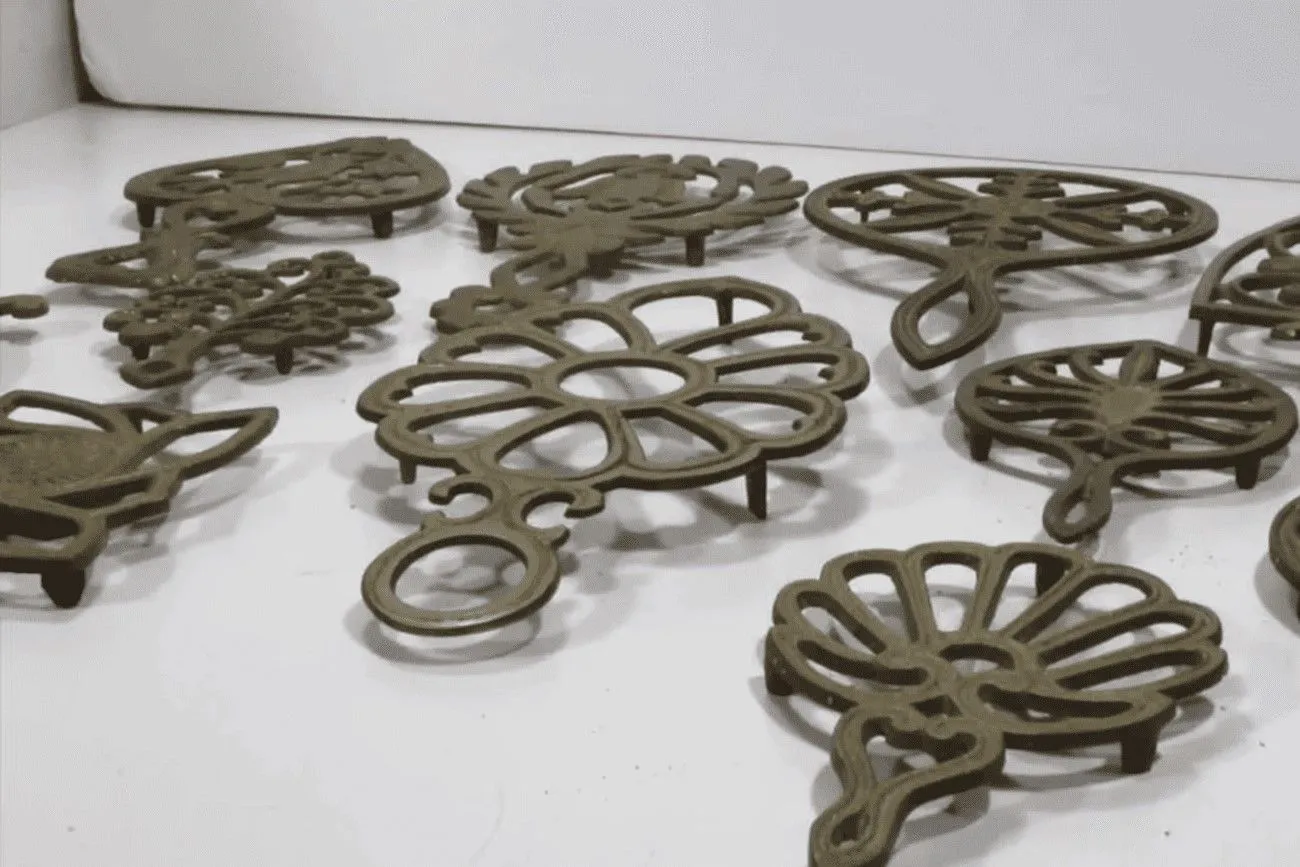 @FORGOTTEN Objects in EVERY 1950s Kitchen - Life in America/Recollection Road/YouTube.com
@FORGOTTEN Objects in EVERY 1950s Kitchen - Life in America/Recollection Road/YouTube.com
Jello molds – Now
In the present era, Jello molds have taken on a refreshing simplicity, aligning with modern design aesthetics. The prevalent choice for Jello molds today is silicone. This flexible material not only offers ease of use but also presents a sleek and modern aesthetic that resonates with current design preferences.
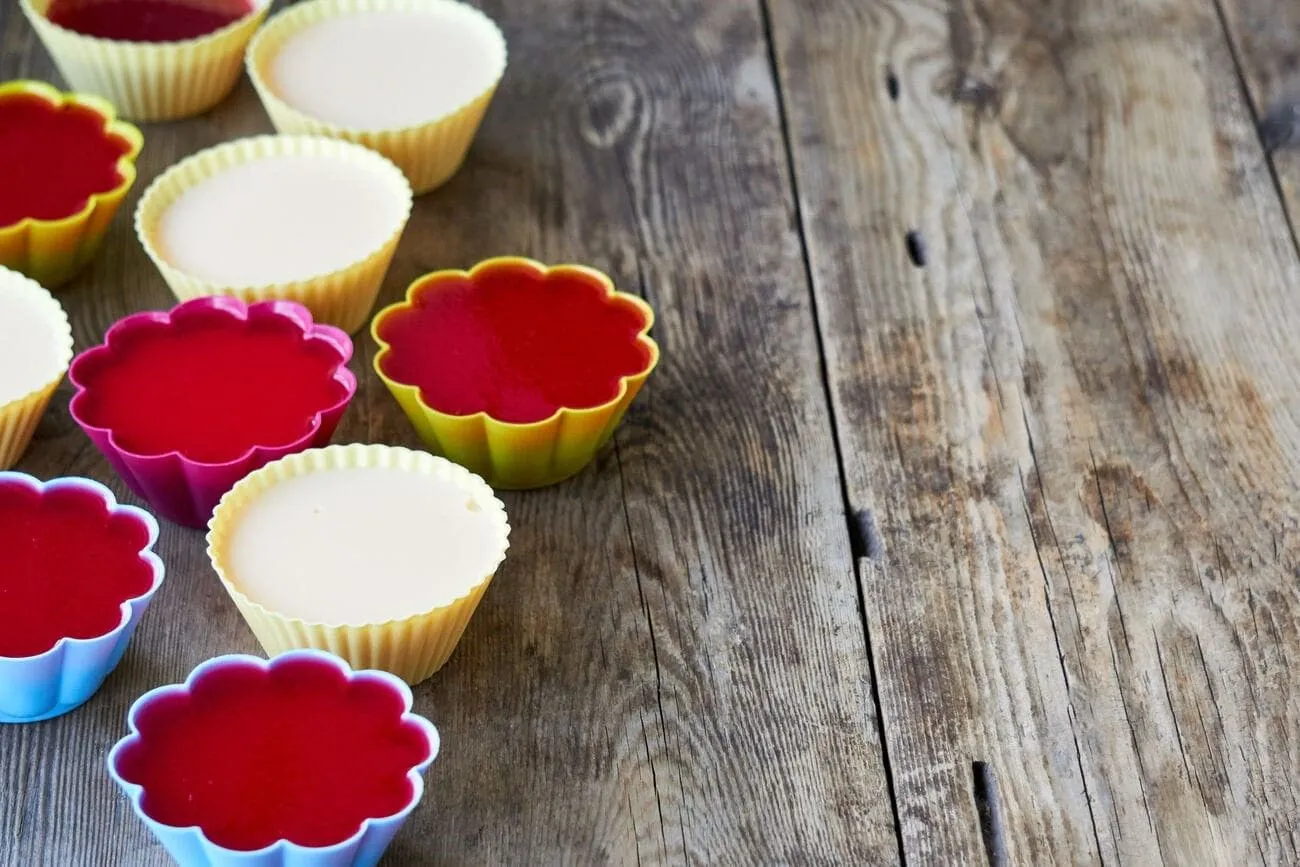
Washing Machine – Then
In the early to mid-20th century, wringer washing machines alleviated some of the manual labor associated with laundry. These machines featured two rollers to squeeze excess water from clothes after washing. The mid-20th century saw the rise of top-loading washing machines with agitators.
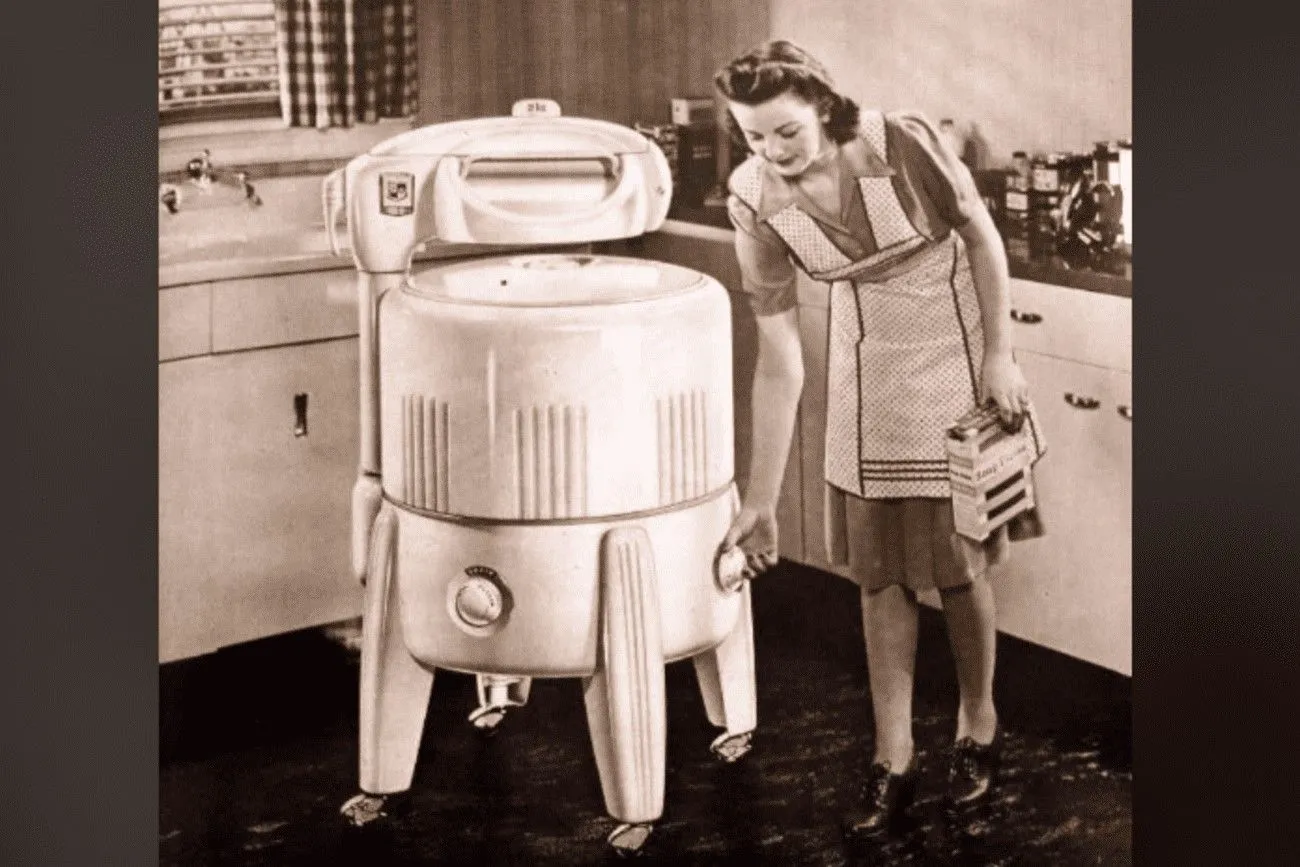 @Jaykirsch/Reddit.com
@Jaykirsch/Reddit.com
Washing Machine – Now
Today smart washing machines have entered. These appliances can be connected to the internet, allowing users to control and monitor laundry remotely. They often come equipped with features like automatic detergent dispensing and energy optimization.
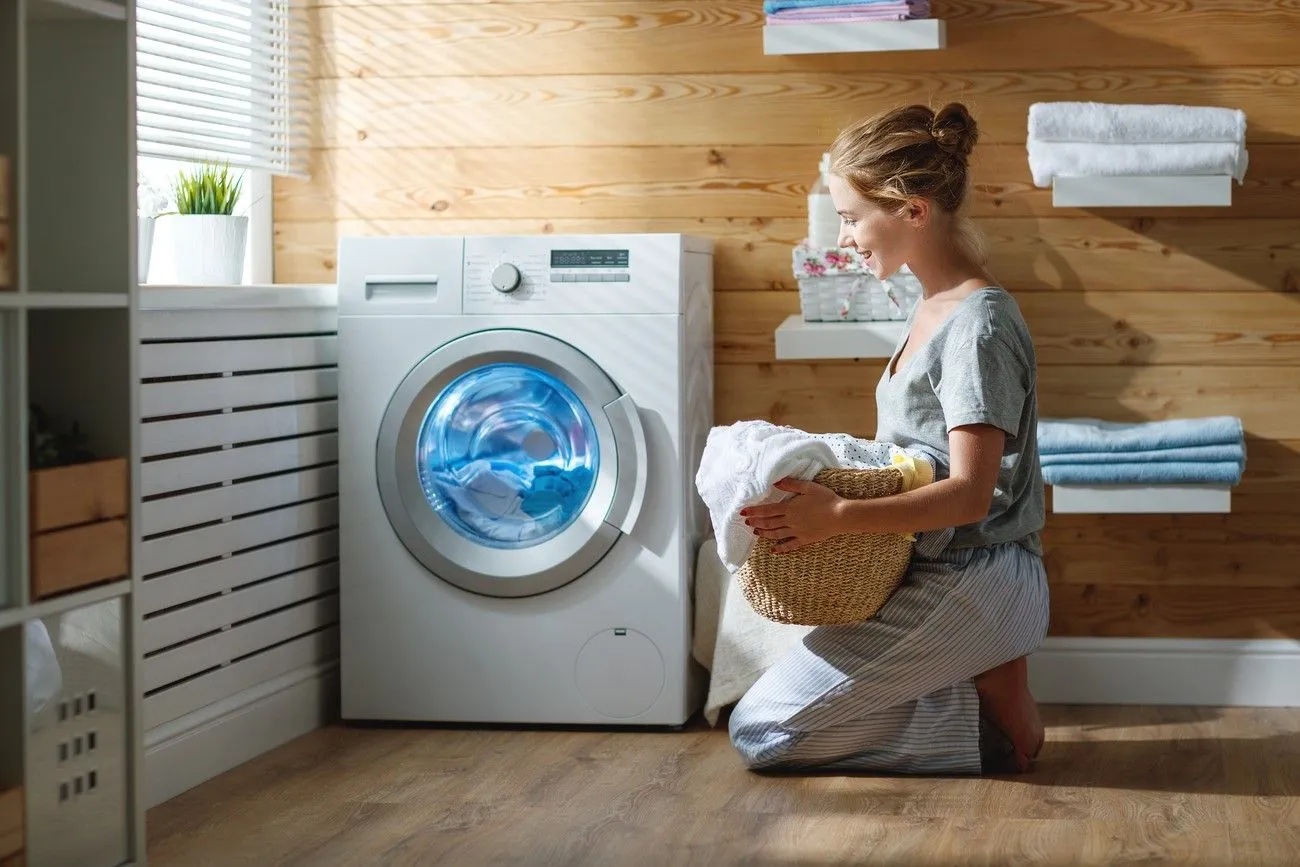
Microwave – Then
The concept of microwave cooking emerged during the 1940s and 1950s, stemming from research on radar technology during World War II. The first microwave ovens were primarily used in industrial settings, marking the beginning of a culinary revolution. By the 1960s and 1970s, advancements in technology allowed for the production of smaller, more affordable microwave ovens for domestic use.
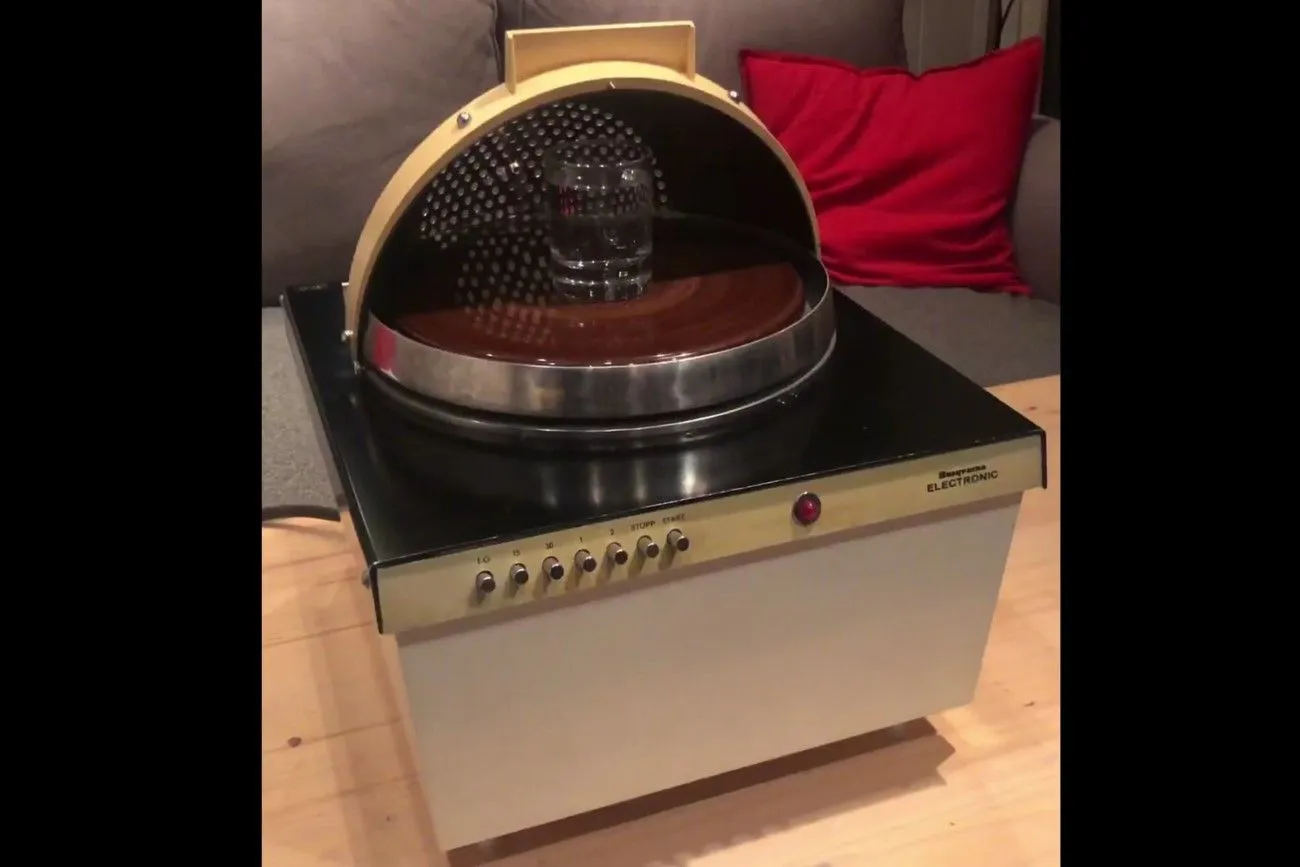 @Squintl/Reddit.com
@Squintl/Reddit.com
Microwave – Now
Modern microwaves often feature grill combinations and inverter technology, providing more even cooking. These innovations enhance the efficiency of microwave cooking, making them essential for time-conscious individuals. Also, present-day microwaves are increasingly integrated into smart home systems.

Toaster – Then
In the 1920s and 1930s, toasters were characterized by a simple and utilitarian design. Typically featuring two slots for bread slices, these toasters had manual levers for lowering and raising the bread, with minimal settings for browning.
 @Proteon/Reddit.com
@Proteon/Reddit.com
Toaster – Now
Present-day toasters often emphasize compact and space-saving designs. Emerging trends include smart toasters that offer connectivity features. Users can control toasting settings through mobile apps, ensuring that their toast is prepared exactly to their liking.
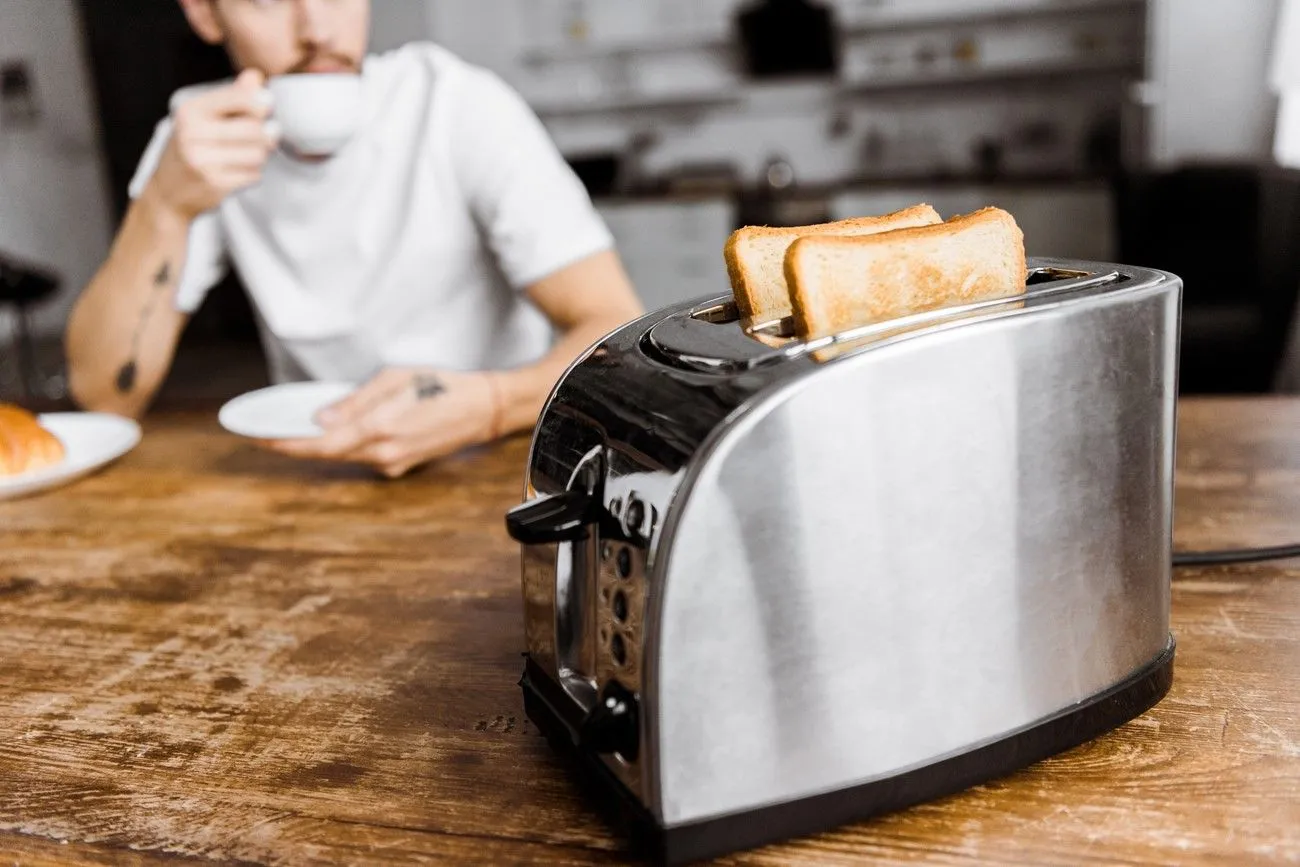
Food Processor – Then
The concept of a food processor traces its roots to the early 20th century. However, it wasn't until the 1970s that the first true kitchen workhorse emerged. Early models were rudimentary, with basic slicing and chopping functions, yet they revolutionized meal preparation by streamlining repetitive tasks.
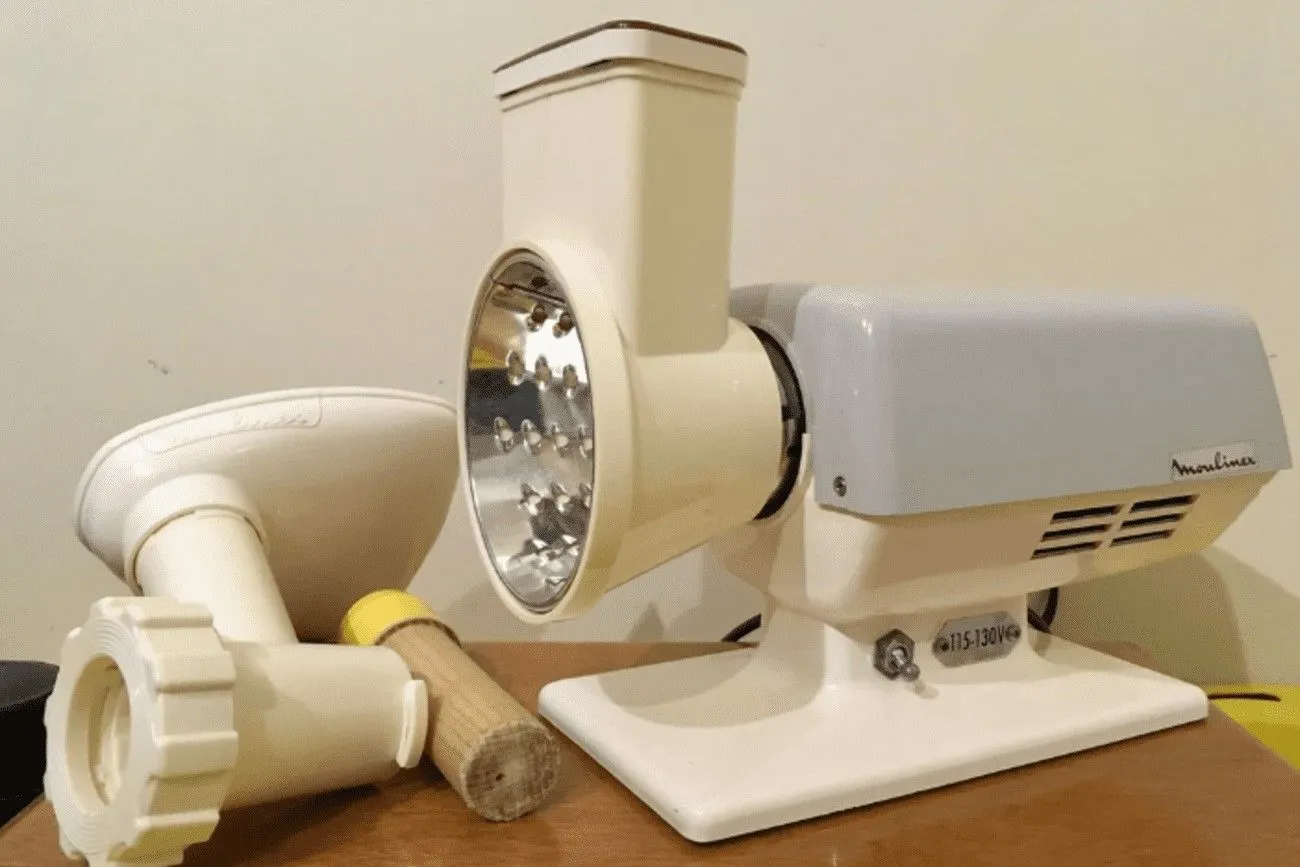 @AnalogFeelGood/Reddit.com
@AnalogFeelGood/Reddit.com
Food Processor – Now
In the 21st century, smart features have become integral to food processors. Touchscreen interfaces, programmable settings, and connectivity to smart home systems characterize the contemporary kitchen companion. These features not only enhance user experience but also cater to the tech-savvy culinars.

Portable music tool – Then
In the 20th century, the pursuit of portable music led to the development of innovative devices that allowed individuals to carry their favorite tunes wherever they went. The pocket radio became an iconic portable music companion. Compact in size and powered by batteries, these radios allowed individuals to tune in to their preferred radio stations, bringing music, news, and entertainment wherever their journeys took them.
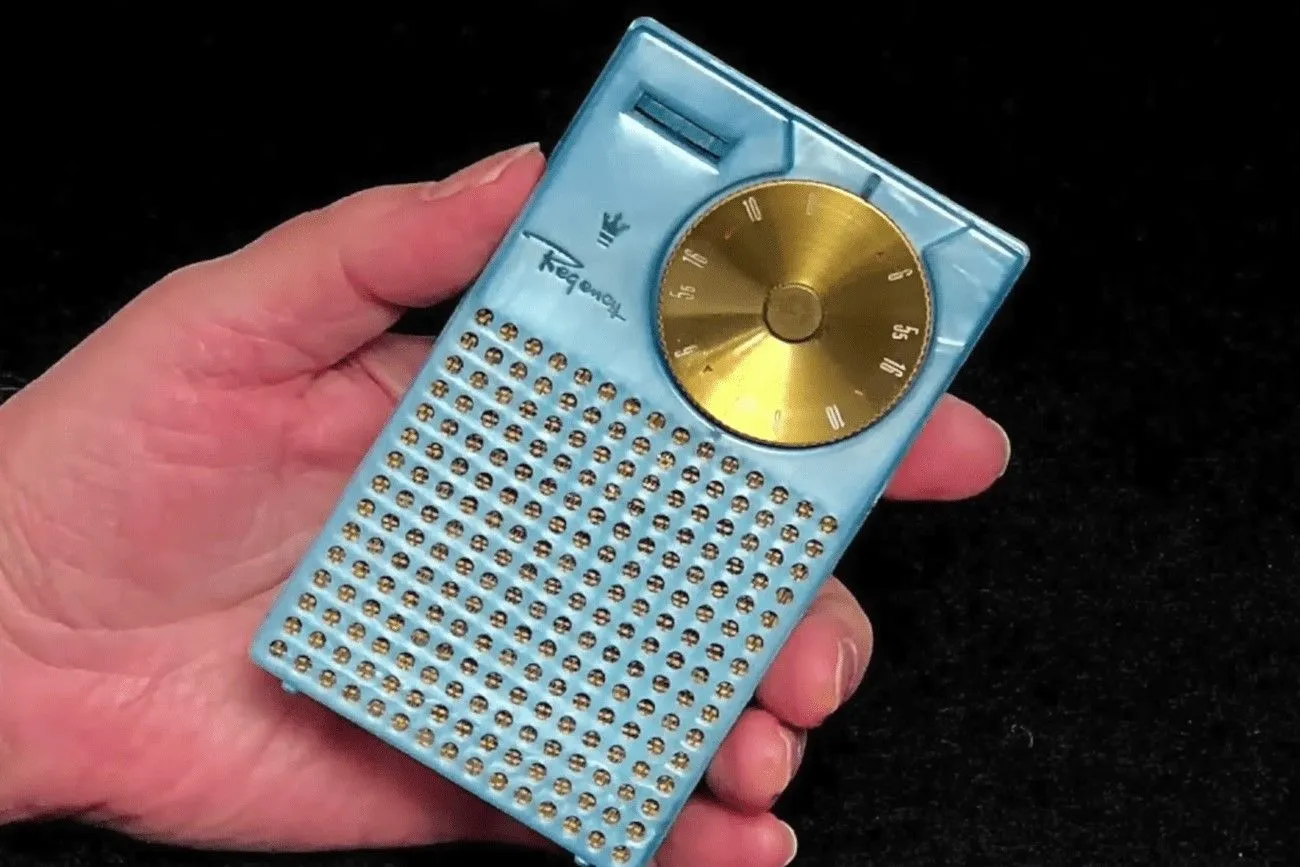 @Forgotten Gadgets From The Past…Everyone Wanted/ Recollection Road/YouTube.com
@Forgotten Gadgets From The Past…Everyone Wanted/ Recollection Road/YouTube.com
Portable music tool – Now
Today the evolution of portable music tools has reached new heights, offering music enthusiasts a diverse range of options to carry their favorite tunes wherever they go. Portable Bluetooth speakers have become the epitome of modern music mobility. Connecting seamlessly to smartphones and other devices, these speakers eliminate the need for cumbersome wires.
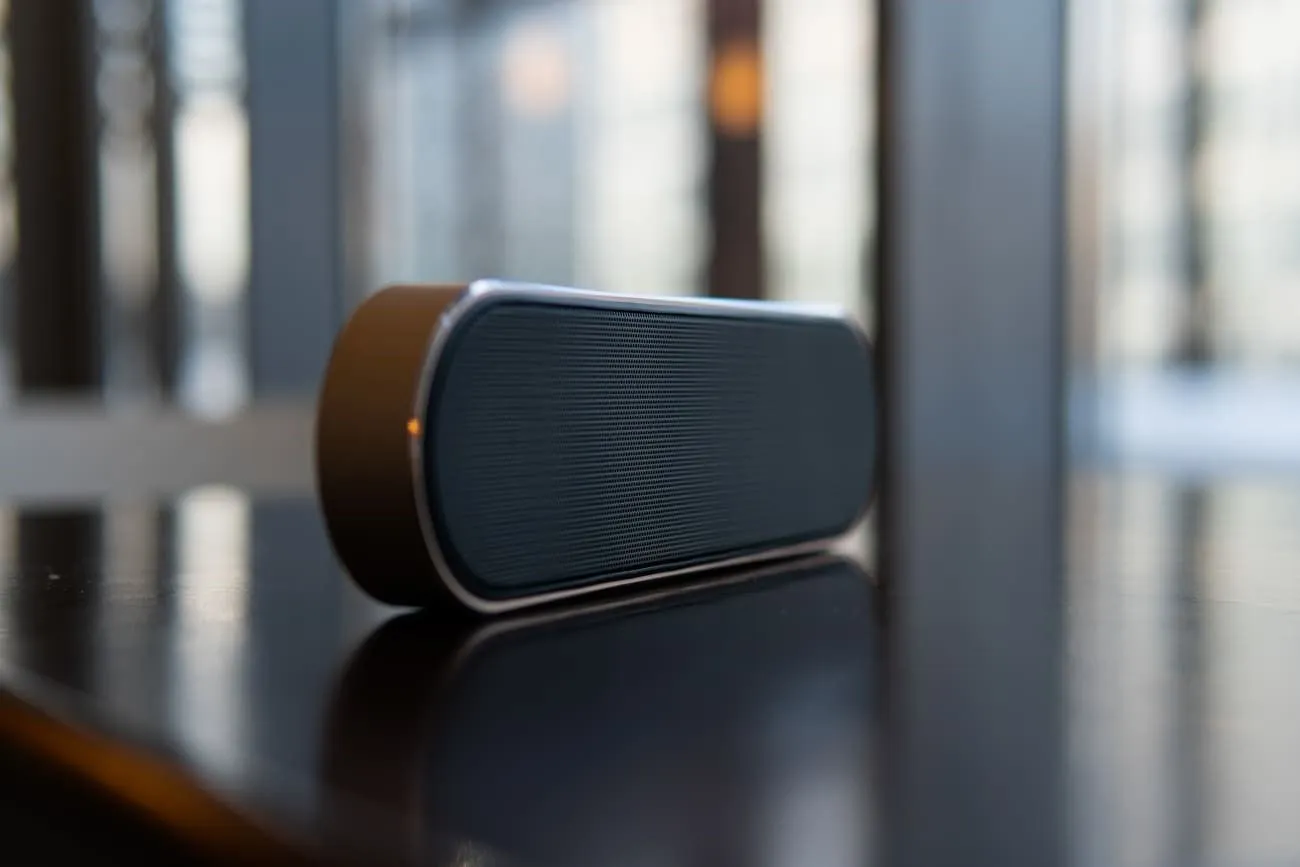
Hair dryer – Then
In the 20th century, the quest for dry, styled hair led to the introduction of hair dryers that were both a marvel and a challenge. As the mid-20th approached, handheld bonnet dryers gained popularity. Despite being more portable than their predecessors, these devices were still characterized by heavy, clunky designs and the need for careful use.
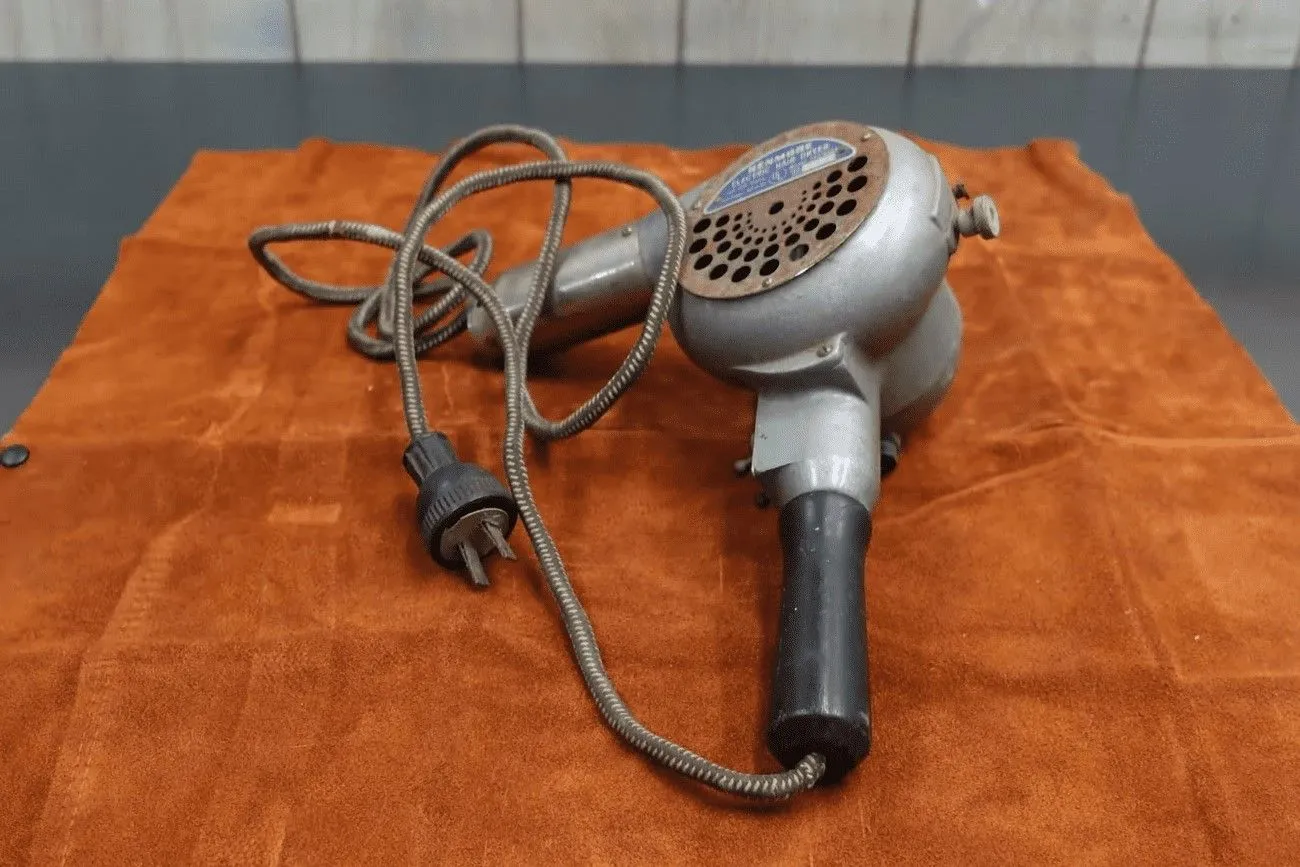 @Forgotten Sears Kenmore Hair Dryer Restoration/Earl's Repair & Restore/YouTube.com
@Forgotten Sears Kenmore Hair Dryer Restoration/Earl's Repair & Restore/YouTube.com
Hair dryer – Now
Now ionic hair dryers have become a staple in modern hairstyling. By emitting negative ions, these dryers reduce frizz and enhance shine, all while being designed with handles for a comfortable grip during use. Contemporary hair dryers prioritize lightweight and compact designs, ensuring that users can enjoy powerful performance without straining their arms.
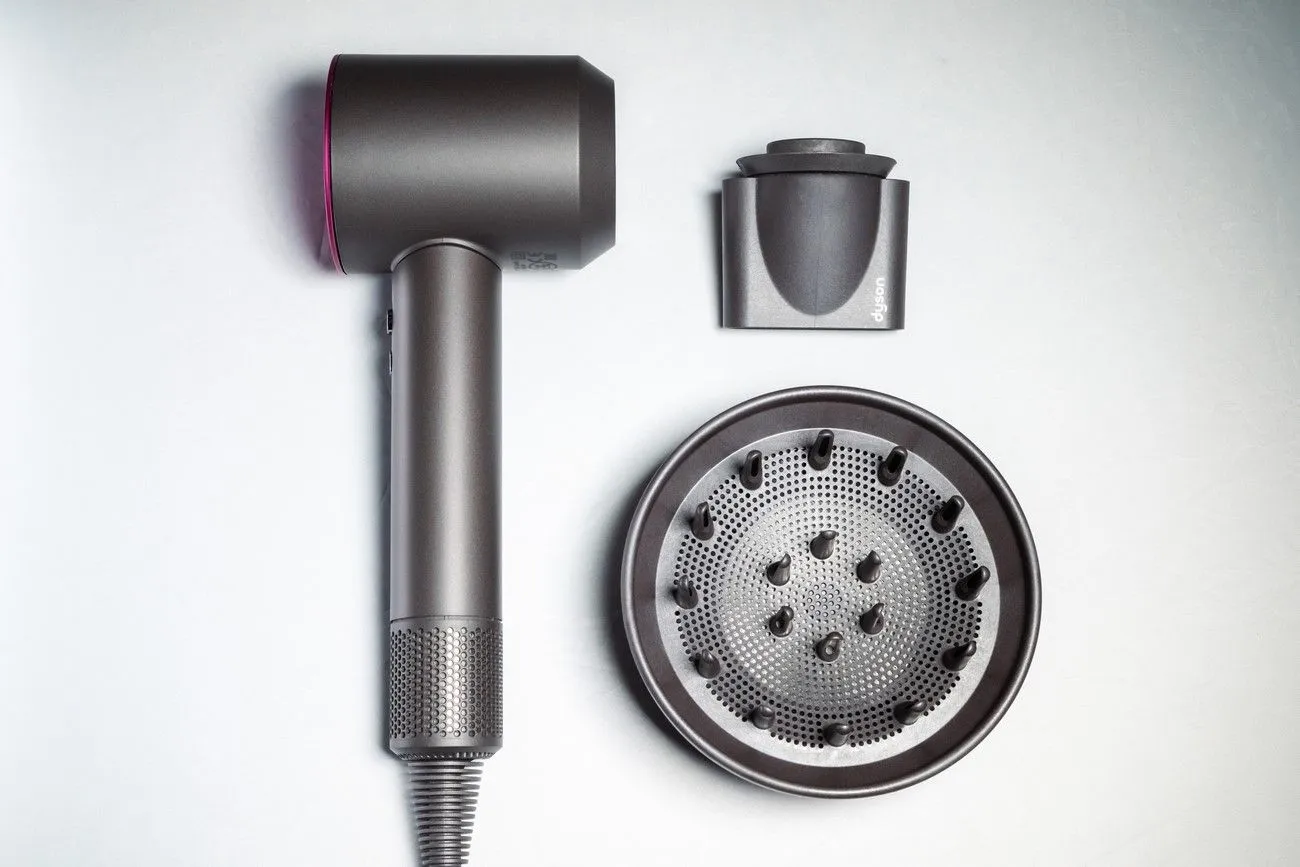
Vacuum cleaner – Then
The 1920s saw the introduction of electric upright vacuum cleaners, a significant leap in cleaning technology. These models featured a motorized suction system and incorporated various attachments for versatile cleaning. Their upright design became iconic and is still popular today. However, they were very bulky and not entirely convenient to use.
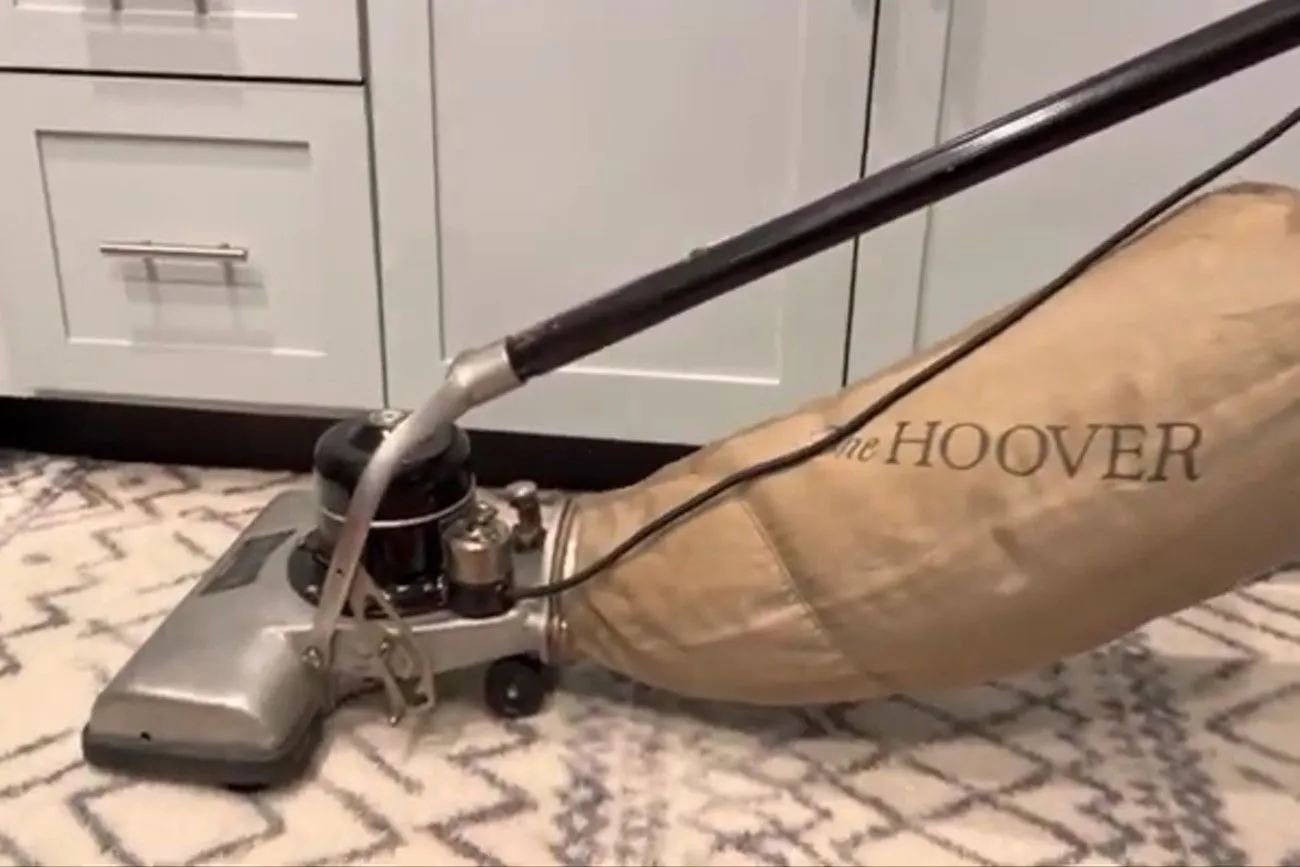 @Vintage Hoover 541 (1923) Vacuum Cleaner restored/Kyle Krichbaum/YouTube.com
@Vintage Hoover 541 (1923) Vacuum Cleaner restored/Kyle Krichbaum/YouTube.com
Vacuum cleaner – Now
The 21st century introduced robot vacuum cleaners, a futuristic take on cleaning. This is just a dream for any housewife! These autonomous devices use sensors and artificial intelligence to navigate and clean floors independently, offering a hands-free solution for busy households.

Telephone – Then
Let's remember what kind of phones there were in the 20th century. Characterized by a circular dial for number input, these phones were often the only means of long-distance communication, making them a cherished but relatively rare possession. It was not uncommon for multiple households to share a single phone line, known as a party line.
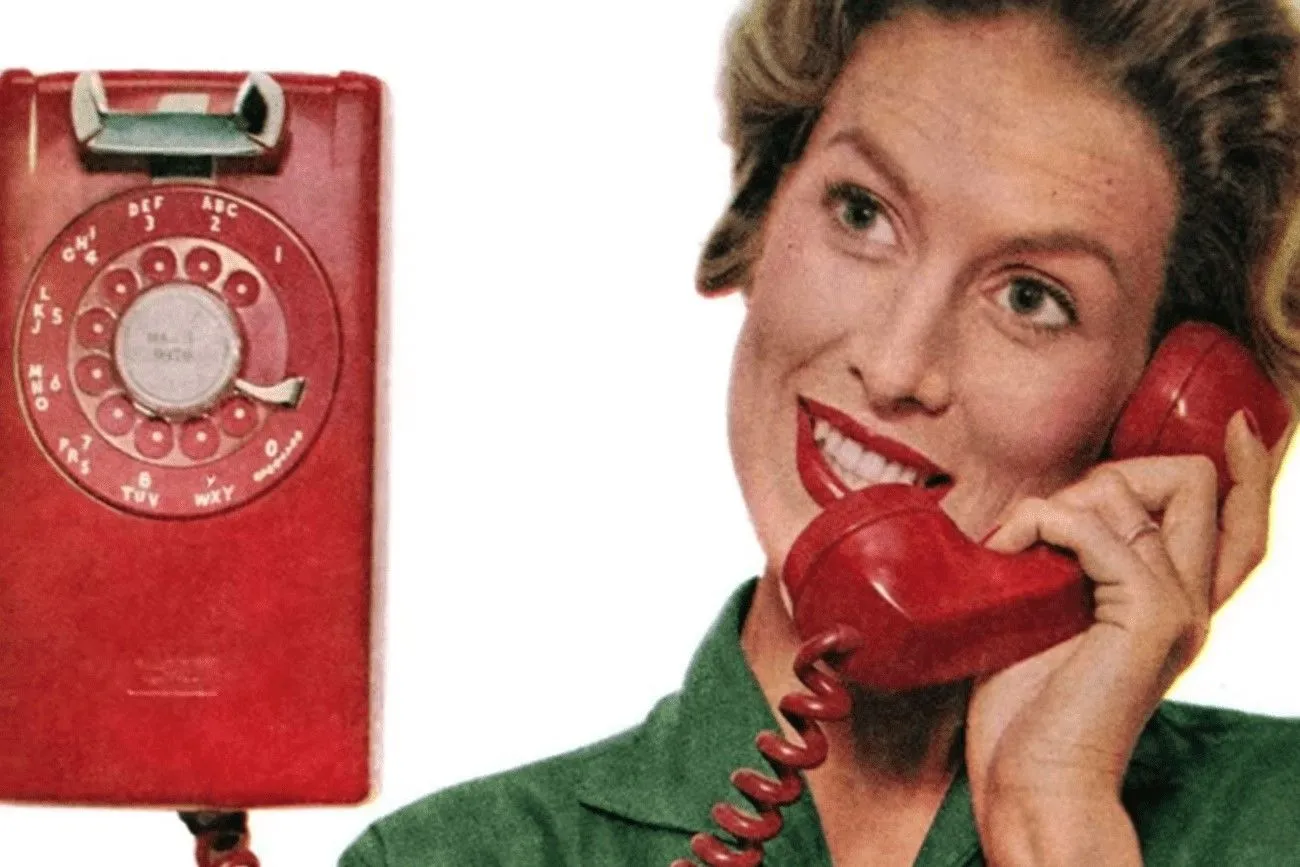 @FORGOTTEN Household Features/Memory Mountain/YouTube.com
@FORGOTTEN Household Features/Memory Mountain/YouTube.com
Telephone – Now
Modern technologies brought about the era of smartphones, transforming mobile devices into pocket-sized computers. With touchscreens, apps, and internet connectivity, smartphones became integral to daily life. From luxurious models with cutting-edge technology to budget-friendly options, smartphones cater to a broad spectrum of users.

Printing device – Then
The early to mid-20th century was dominated by manual typewriters, where writers meticulously pressed keys to imprint ink on paper. The introduction of the IBM Selectric typewriter in the 1960s marked a breakthrough with its spherical typing element. This innovation allowed for faster typing and easy interchangeability of fonts, contributing to a more dynamic writing experience.
 @FORGOTTEN Household Features/ Memory Mountain/YouTube.com
@FORGOTTEN Household Features/ Memory Mountain/YouTube.com
Printing device – Now
Computer keyboards in the 21st century have become integral to daily life. With customizable shortcuts and various layouts, modern keyboards cater to a diverse range of users. Moreover, digital writing tools have become standard on computers, offering features like spell-check, formatting options, and editing.

Manicure Set – Then
In previous centuries manicure sets were not merely tools; they were intricate pieces of art. Made from quality materials, these sets were, these sets were a symbol of refinement. Crafted for portability, they accompanied women on their travels, embodying a blend of utility and sophistication.
 @ innuendoPL/Reddit.com
@ innuendoPL/Reddit.com
Manicure Set – Now
In response to the growing demand for sustainability, modern manicure sets embrace eco-friendly practices. Recycled plastic components, coupled with vegan nail polishes and eco-conscious packaging, signal a shift towards green beauty, aligning with the global push for environmentally conscious choices.
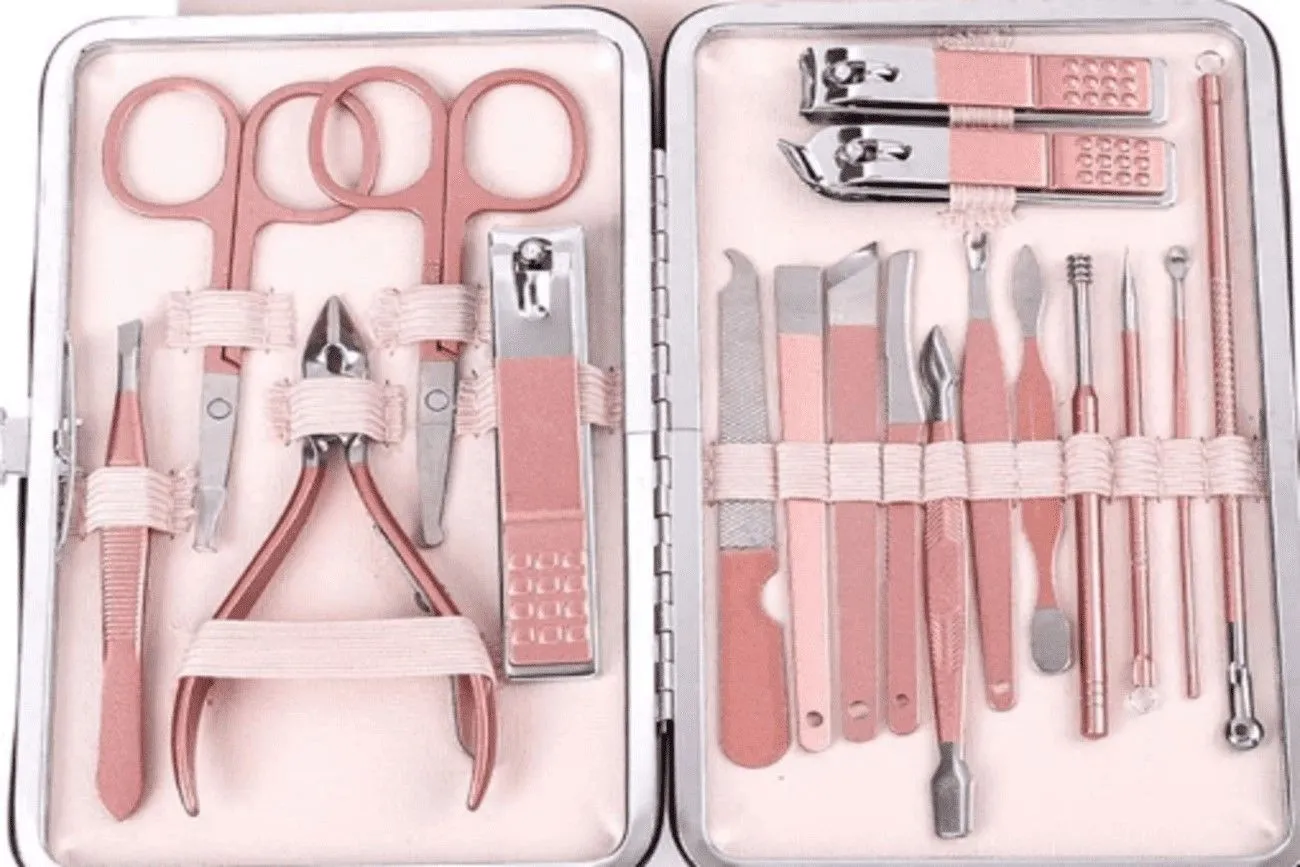 @m00nbum/Reddit.com
@m00nbum/Reddit.com
Hand cream – Then
In the 20th century, cold creams were popular as hand moisturizers. These rich emollients, often featuring ingredients like beeswax and water, were effective in soothing and protecting the skin. During the 1930s and 1940s, hand creams with rosewater infusions gained popularity. Rosewater was believed to have soothing and aromatic qualities, adding a touch of elegance to skincare routines.
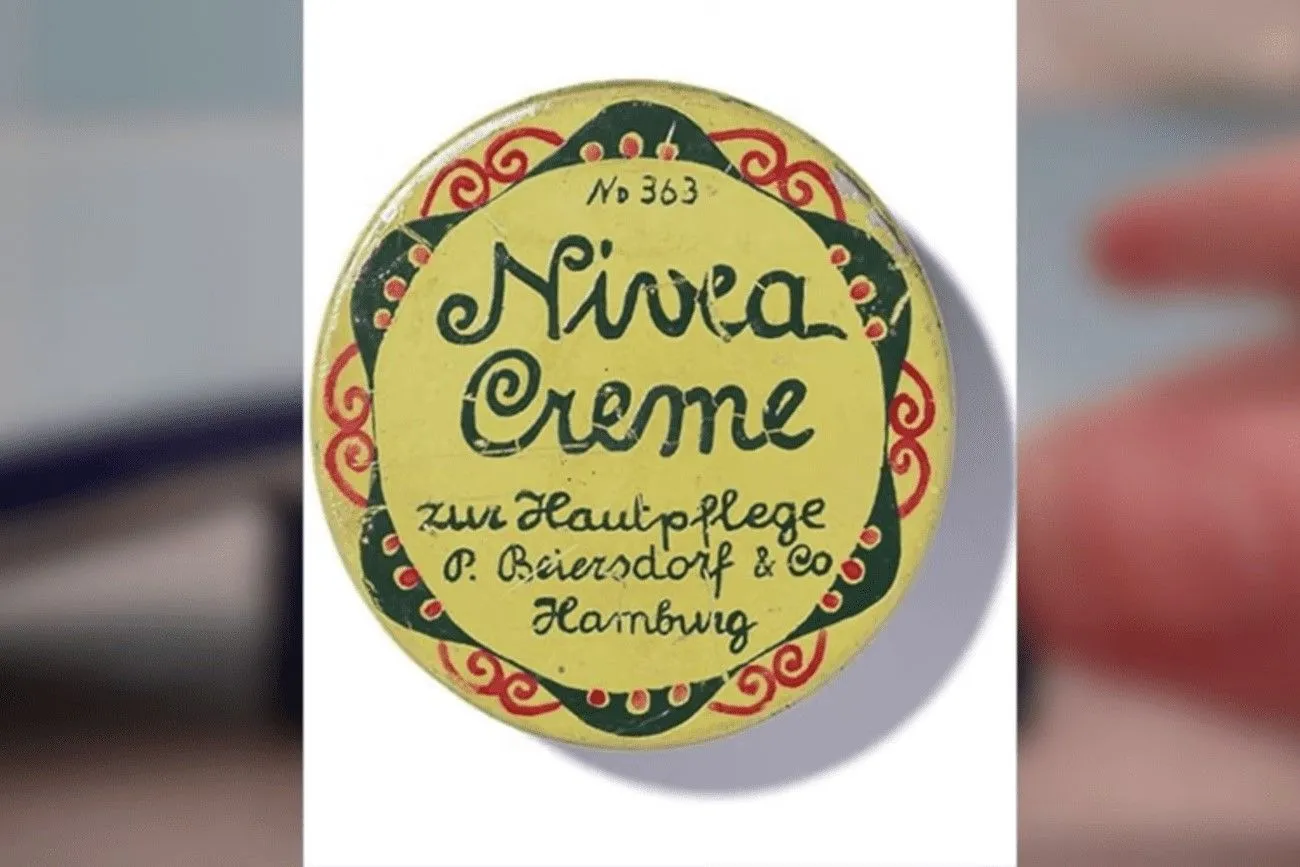 @Vintage Products That You Can Still Buy Today/Sage Lilleyman/YouTube.com
@Vintage Products That You Can Still Buy Today/Sage Lilleyman/YouTube.com
Hand cream – Now
You can find hand creams in a tin today, but their composition is not the same as a century ago. Today hand creams enriched with hyaluronic acid have gained popularity for their ability to deeply hydrate and plump the skin. This powerhouse ingredient is celebrated for its moisture-retaining properties.
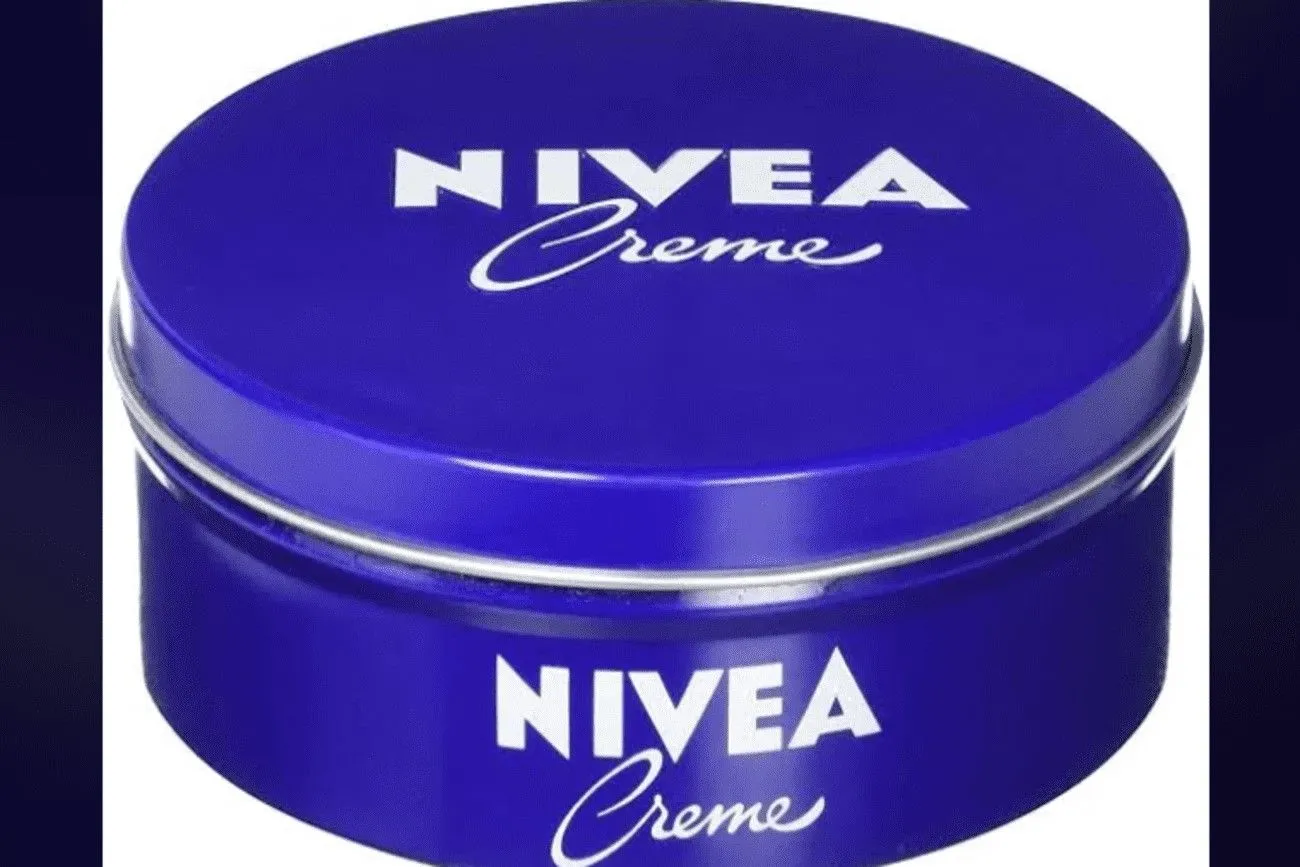 @JellyfishOpposite812/Reddit.com
@JellyfishOpposite812/Reddit.com
Face powder – Then
Characterized by luxurious aesthetics, 20th-century cosmetics exuded opulence! Just take a look at how splendidly this powder presents itself – a true work of art! The Golden Age of Hollywood brought about compact powders in elegant packaging. These powders often featured a blend of finely milled ingredients, providing a smooth finish. Max Factor's Creme Puff was a notable creation of this time.
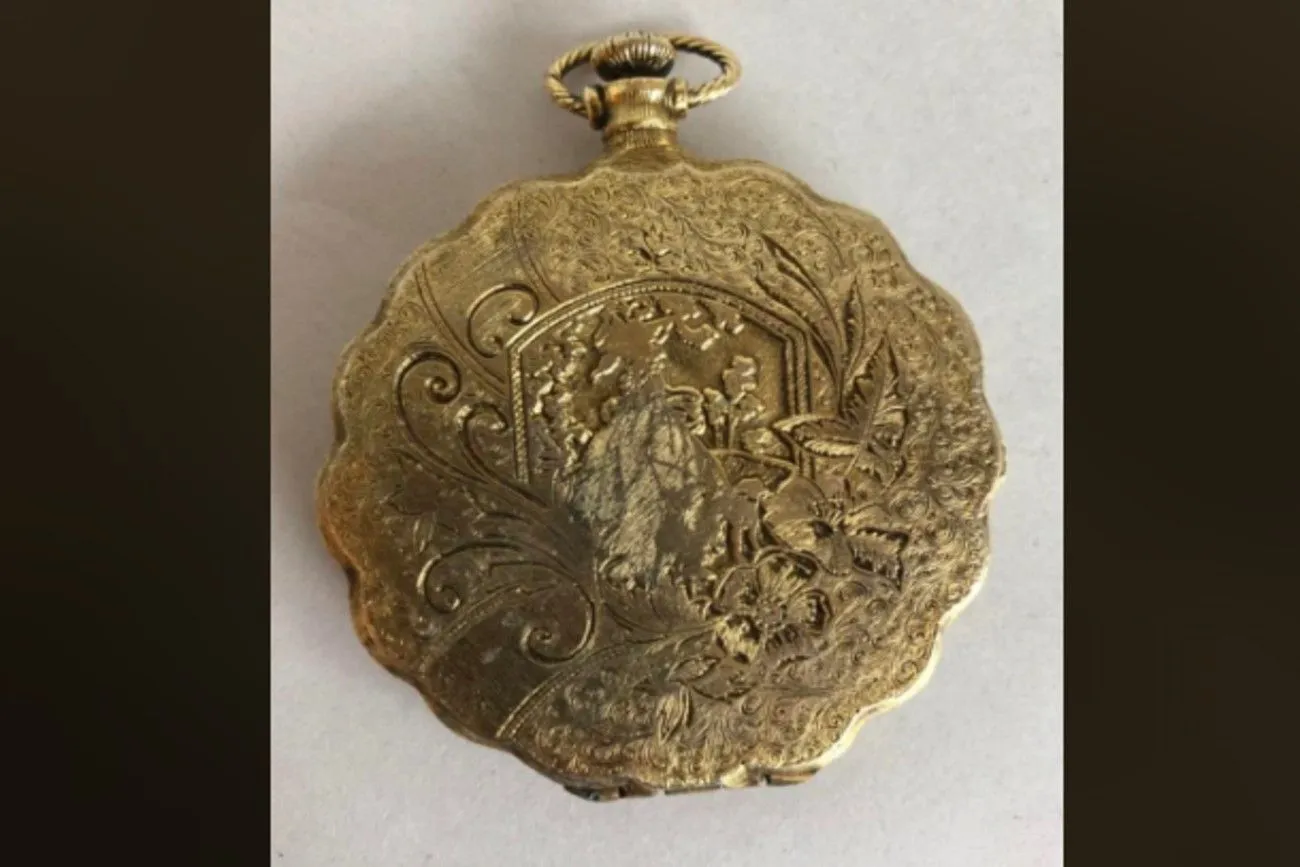 @Nyamouto/Reddit.com
@Nyamouto/Reddit.com
Face powder – Now
Face powders continue to play a pivotal role in achieving that coveted flawless finish. However, their packaging designs look simpler than before. Mineral powders, celebrated for their lightweight feel and skin-friendly ingredients, have become a favorite. These formulations offer buildable coverage and a luminous glow, catering to those who prefer a more natural look.
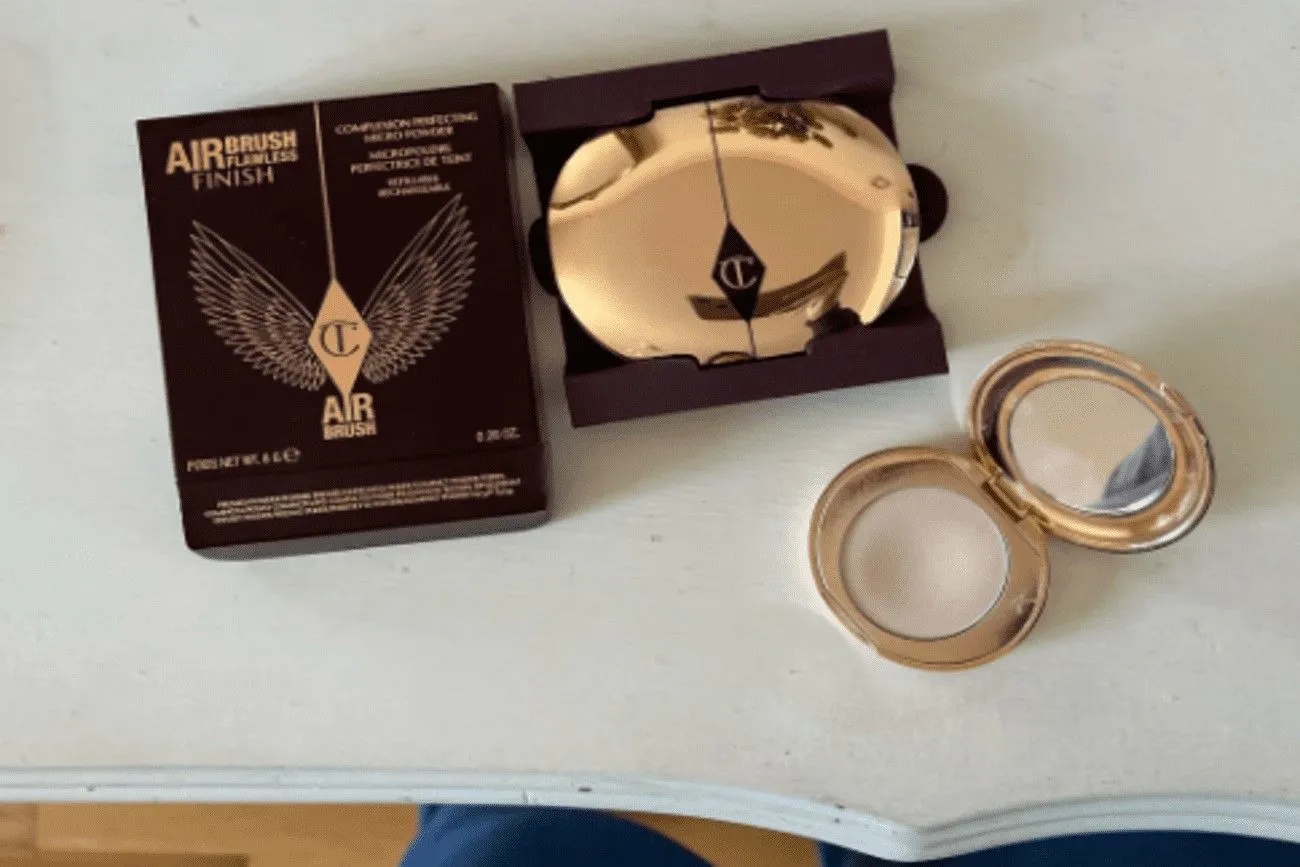 @Responsible-Run-904/Reddit.com
@Responsible-Run-904/Reddit.com
Facial massager – Then
Facial massagers incorporating galvanic currents became popular during the 1970s and 1980s. These devices claimed to rejuvenate the skin through low-level electrical currents, promoting a youthful appearance. The late 20th century witnessed a resurgence of interest in facial rollers. Electric rollers, often equipped with additional features like infrared technology, aimed to provide a spa-like experience in the comfort of one's home.
 @Luxury High Tech Bed: A Gadget Lover's Dream (1959) | British Pathé/British Pathé/YouTube.com
@Luxury High Tech Bed: A Gadget Lover's Dream (1959) | British Pathé/British Pathé/YouTube.com
Facial massager – Now
In the contemporary era, the beauty landscape is marked by many advanced facial massage devices. Sonic and vibrating facial massagers remain at the forefront of modern skincare. These devices use gentle vibrations to stimulate facial muscles, promote blood circulation, and enhance the absorption of skincare products, providing a soothing and rejuvenating experience.
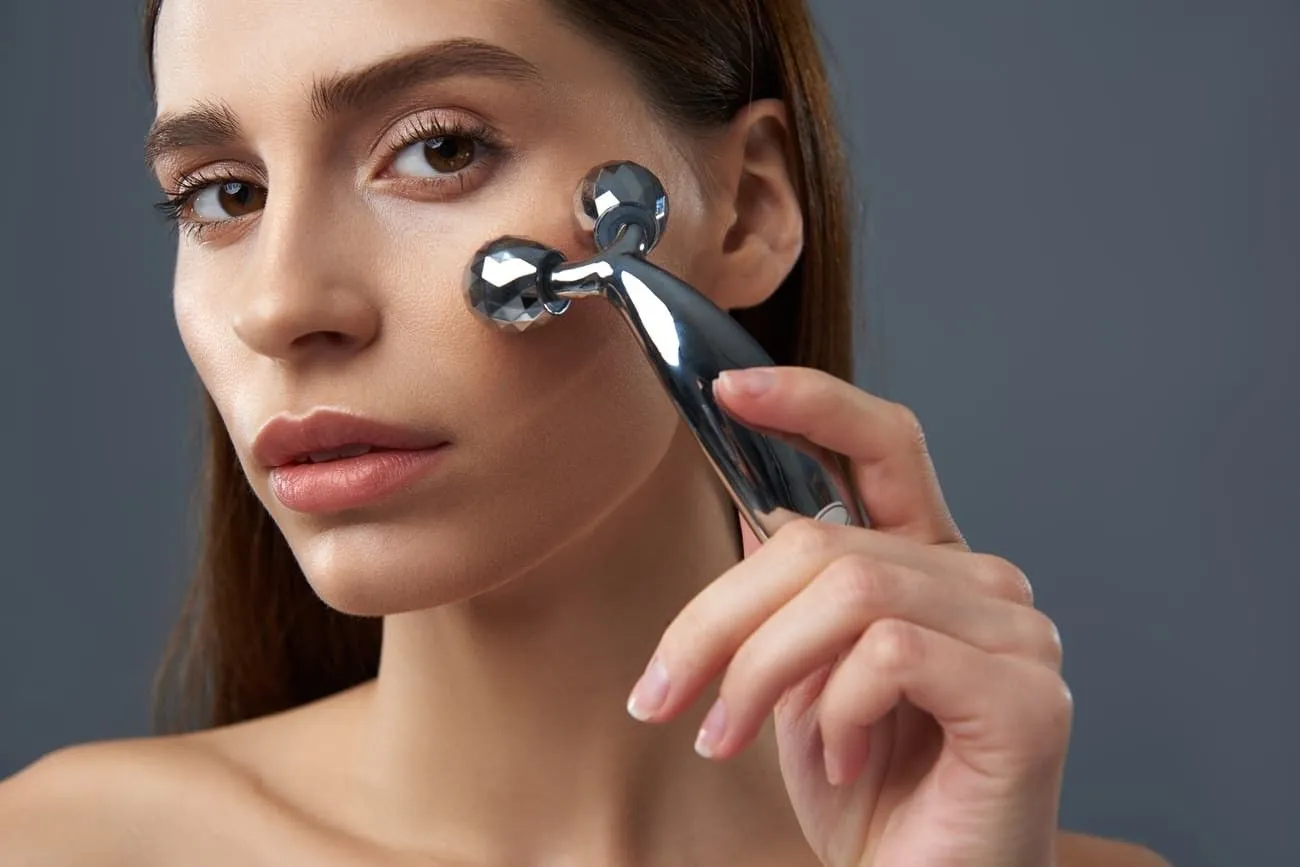
Hair Curlers – Then
In the mid-20th century, long foam rollers made of a material known as "paralon" were popular for achieving tight, bouncy curls. However hair benders, also known as bendy rollers, have been a game-changer in the world of hairstyling, offering a new approach to achieving bouncy curls.
 @hotbowlsofjustice/Reddit.com
@hotbowlsofjustice/Reddit.com
Hair Curlers – Now
In the 21st century, electric curlers have become a go-to option for those seeking modern convenience. These rollers often come with adjustable heat settings and are designed to heat up quickly, providing efficient styling for various hair types. Today's hair rollers encompass a variety of materials, with silicone and foam options gaining popularity.

Groom/shave set – Then
In the early 20th century, men's grooming and shave sets were combining high-quality materials with stylish designs. Safety razors with disposable blades were a common feature, offering a safer and more convenient alternative to straight razors. High-quality shaving brushes made from boar or badger hair were common. These brushes were used to create a rich lather for a smooth shave.
 @1950's Vintage Traveling Grooming Set Made In England From Connoisseur (Overview)/ Waafar Variety By Roomi/YouTube.com
@1950's Vintage Traveling Grooming Set Made In England From Connoisseur (Overview)/ Waafar Variety By Roomi/YouTube.com
Groom/shave set – Now
Nowadays grooming sets often feature precision cartridge systems with multiple blades for a close and smooth shave. The resurgence of interest in traditional grooming has brought back razors with their classic design, offering a nostalgic yet effective shaving. Artisanal shaving soaps with unique scents and nourishing properties have gained popularity among grooming enthusiasts.
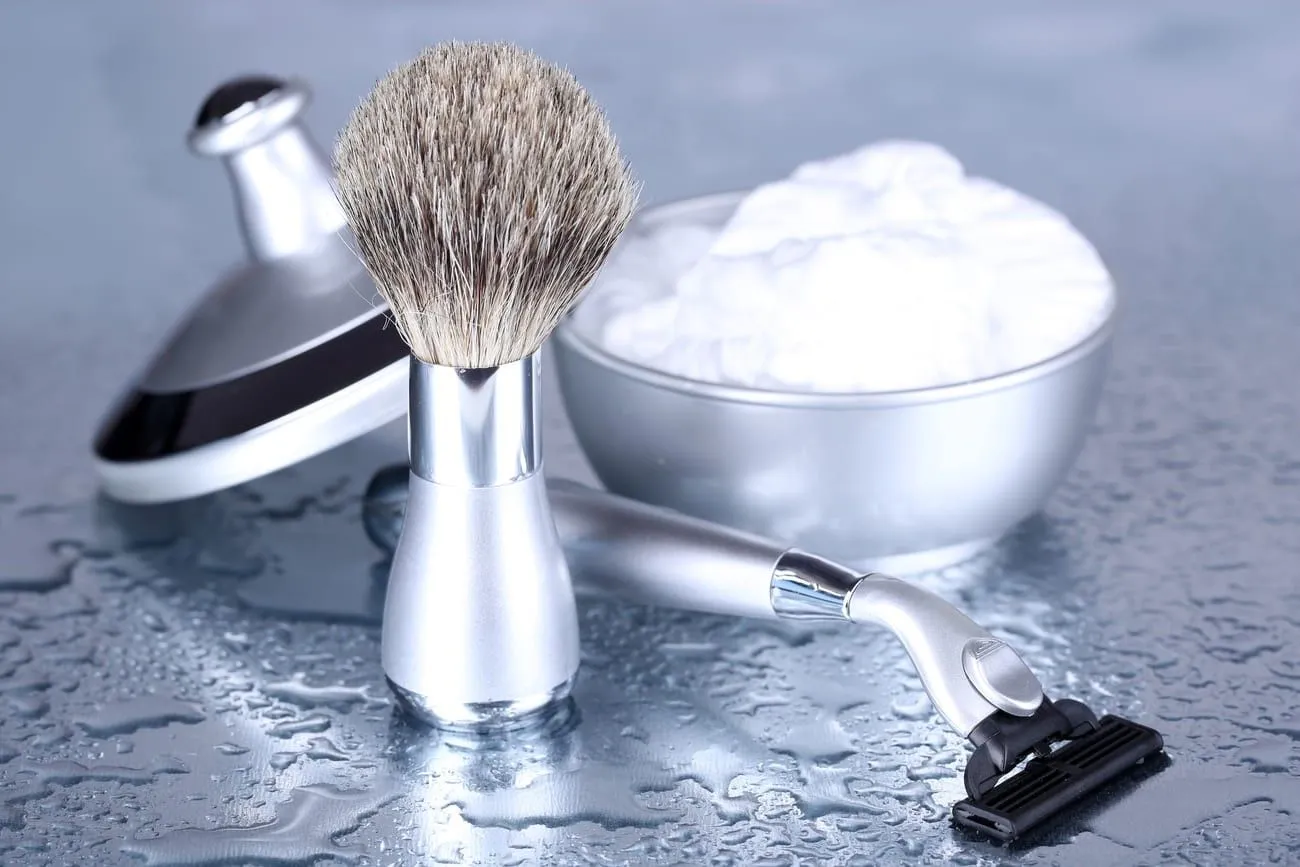
Nightwear – Then
In the 1900s-1910s inspired by the Edwardian era's emphasis on modesty, long, flowing nightgowns were popular. High necklines, lace trims, and delicate embroidery adorned these elegant sleep ensembles. The roaring twenties ushered in a more liberated aesthetic, reflected in shorter nightgowns with knee-length hemlines.
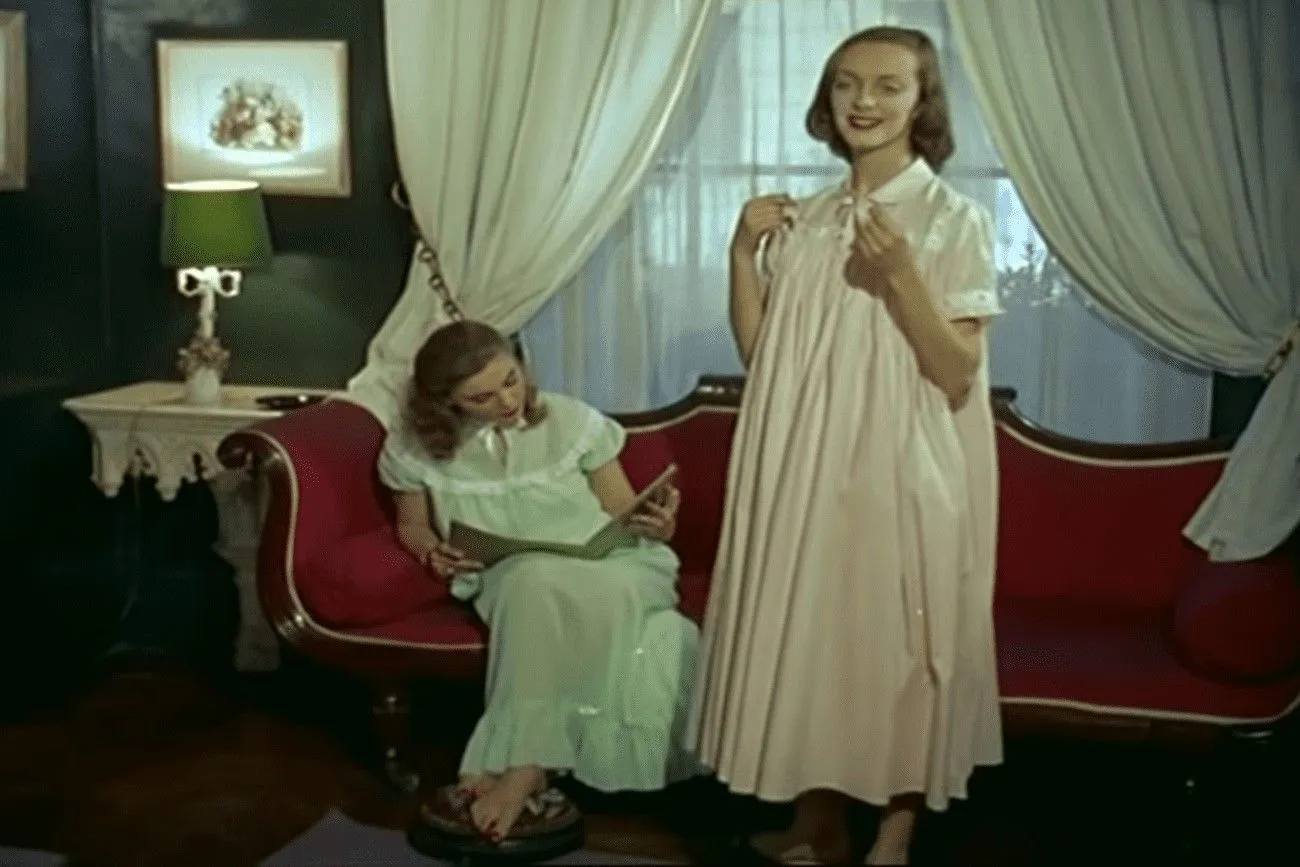 @Victorian Era Inspired Nightwear of the 1950s | Vintage Fashions/Vintage Fashions/YouTube.com
@Victorian Era Inspired Nightwear of the 1950s | Vintage Fashions/Vintage Fashions/YouTube.com
Nightwear – Now
In the contemporary landscape of fashion and comfort, women's nightwear has embraced a diverse range of styles that cater to individual preferences and modern lifestyles. Seductiveness is in fashion! Luxurious materials such as silk and satin have made a comeback, adding a touch of sophistication to modern sleepwear. These fabrics often come adorned with lace or embroidery.
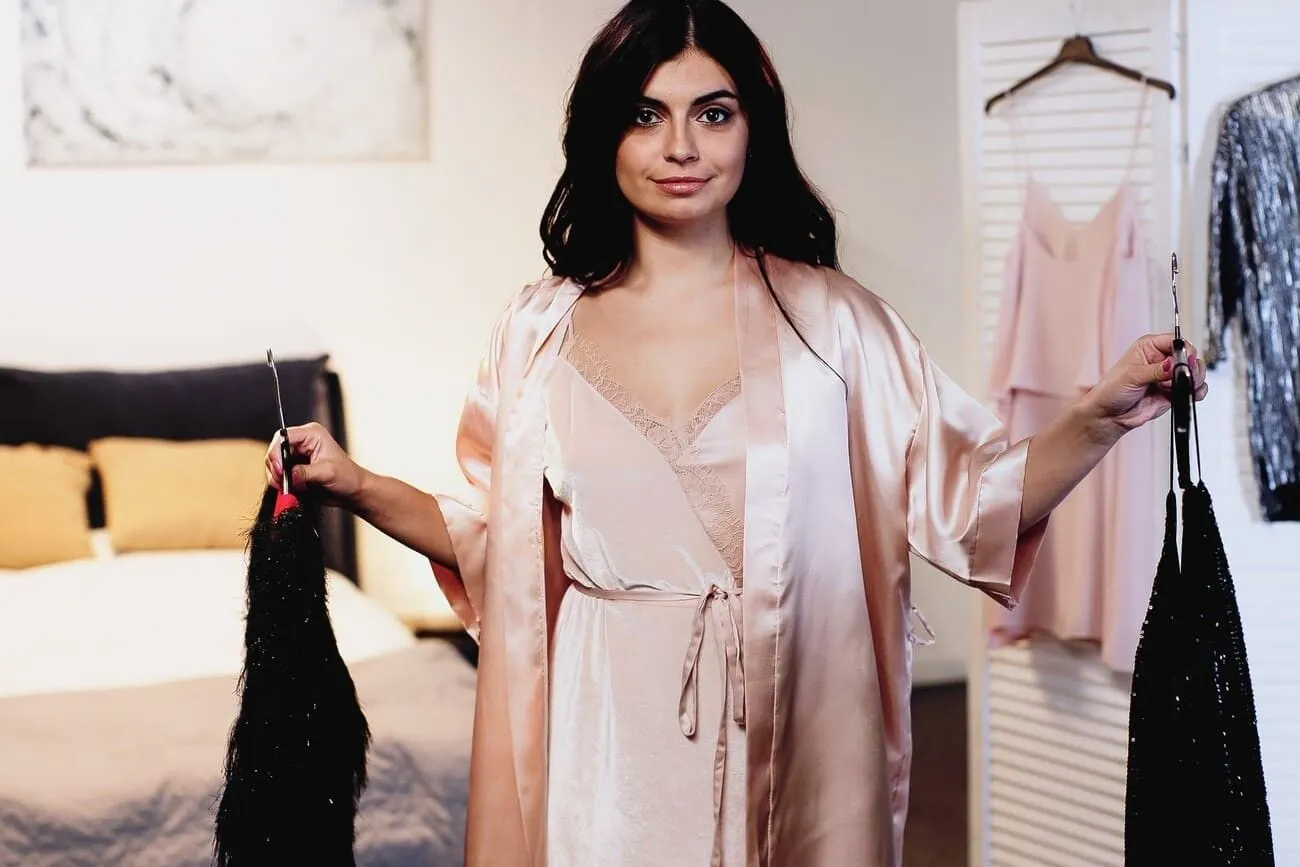
Women's swimsuit – Then
Swimwear developments a captivating exploration of changing societal norms and fashion evolution. Women's suits featured high waists and modest coverage, often with nautical-inspired details. With the roaring twenties came a liberation of fashion, and swimwear was no exception. Women's swimsuits embraced a more revealing silhouette, featuring shorter hemlines and form-fitting shapes.
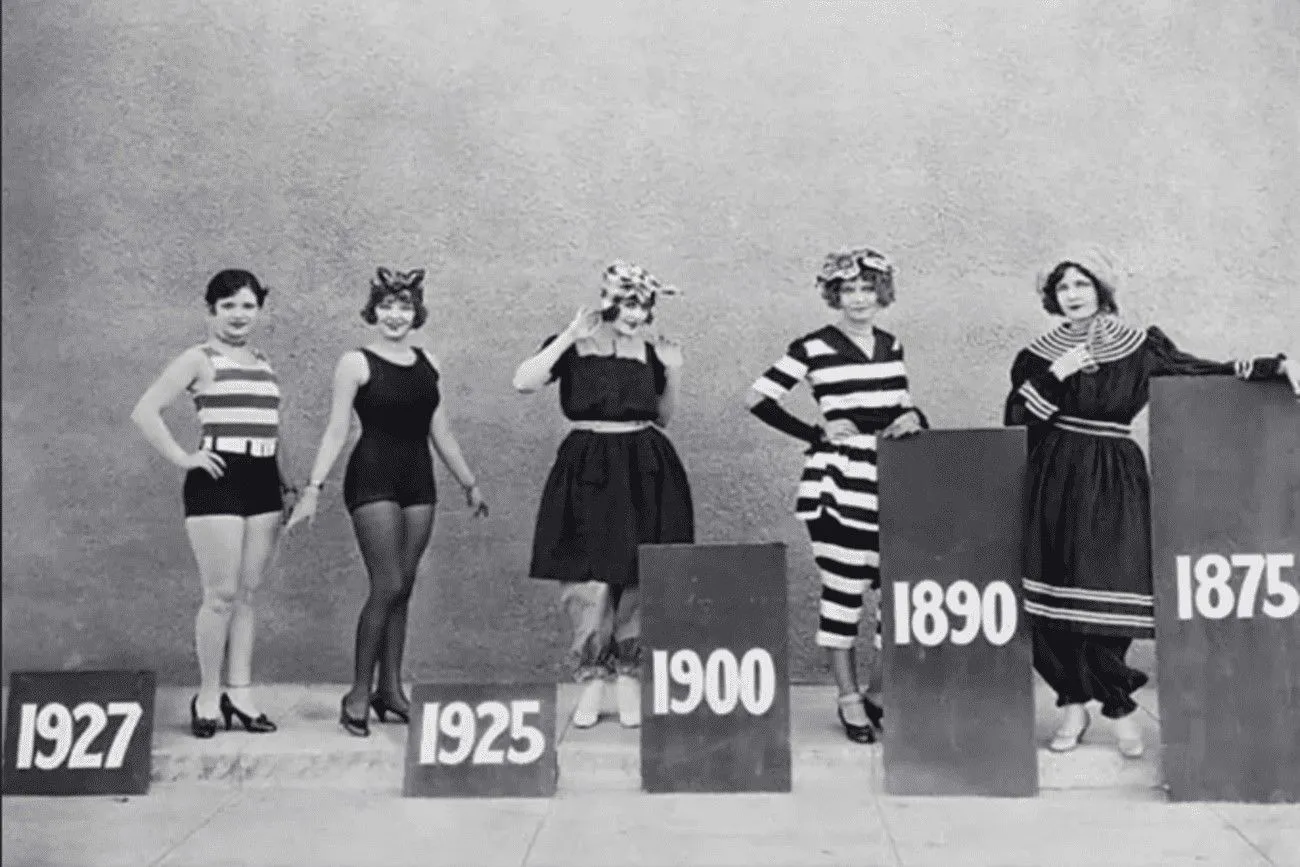 @morganmonroe81/Reddit.com
@morganmonroe81/Reddit.com
Women's swimsuit – Now
Today bikinis continue to be a perennial favorite, celebrated for their versatility and diverse styles. From classic triangle tops to sporty high-neck designs, and cheeky to high-waisted bottoms, the bikini landscape offers a spectrum of choices that cater to varied tastes and body shapes. One-piece swimsuits have experienced a resurgence with innovative designs.

Family leisure – Then
Before the advent of the internet and digital entertainment, families found joy and connection through shared activities. One particularly popular avenue for family bonding was the tradition of gathering around the table for board games. These games became the centerpiece of family evenings, fostering face-to-face interaction and creating lasting memories.
 @Do YOU Remember these AWESOME Board Games of the 1960s?/ Memory Mountain/YouTube.com
@Do YOU Remember these AWESOME Board Games of the 1960s?/ Memory Mountain/YouTube.com
Family leisure – Now
With the rise of streaming services, families now often indulge in binge-watching sessions, enjoying a plethora of movies and TV series. Also, geographical distances no longer pose a barrier to family gatherings. Video conferencing tools enable virtual reunions, allowing families to stay connected and communicate despite being physically apart.

Home party – Then
In the 1920s to 1940s, home parties were often characterized by elegant musical soirees. Guests gathered to enjoy live performances on instruments such as pianos, violins, and gramophones. The atmosphere was sophisticated, with an emphasis on cultural pursuits.
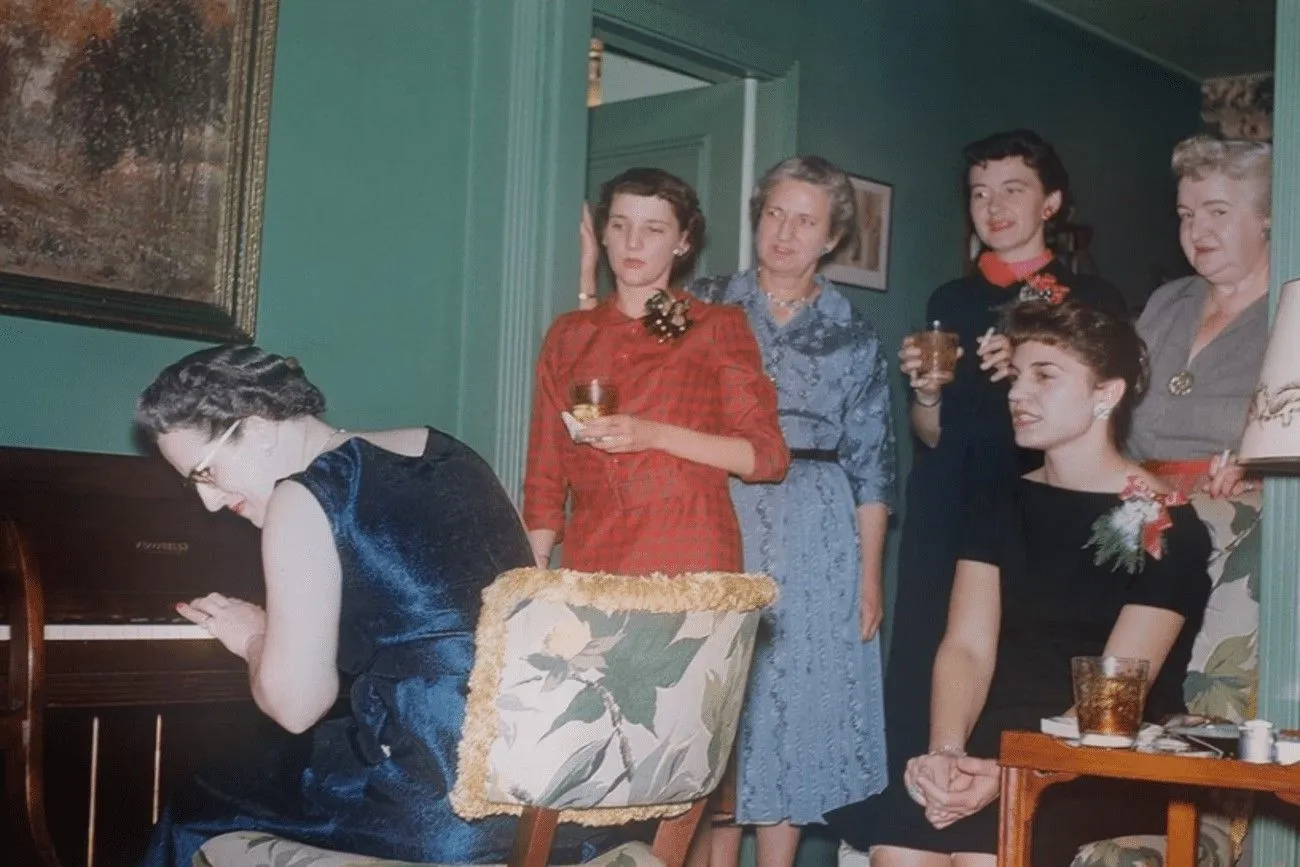 @mistermajik2000/Reddit.com
@mistermajik2000/Reddit.com
Home party – Now
Today, home parties can be so cool that there's no need to go to a nightclub. Various gadgets contribute to this – you can even sing karaoke with friends at home! In the past, people couldn't even imagine that such things would be possible.

Constructor – Then
The inception of children's construction toys can be traced back to the early 20th century when engineering sets captured young imaginations. These sets featured metal components and simple connectors, inspiring budding engineers to craft structures that mirrored the industrial world emerging around them.
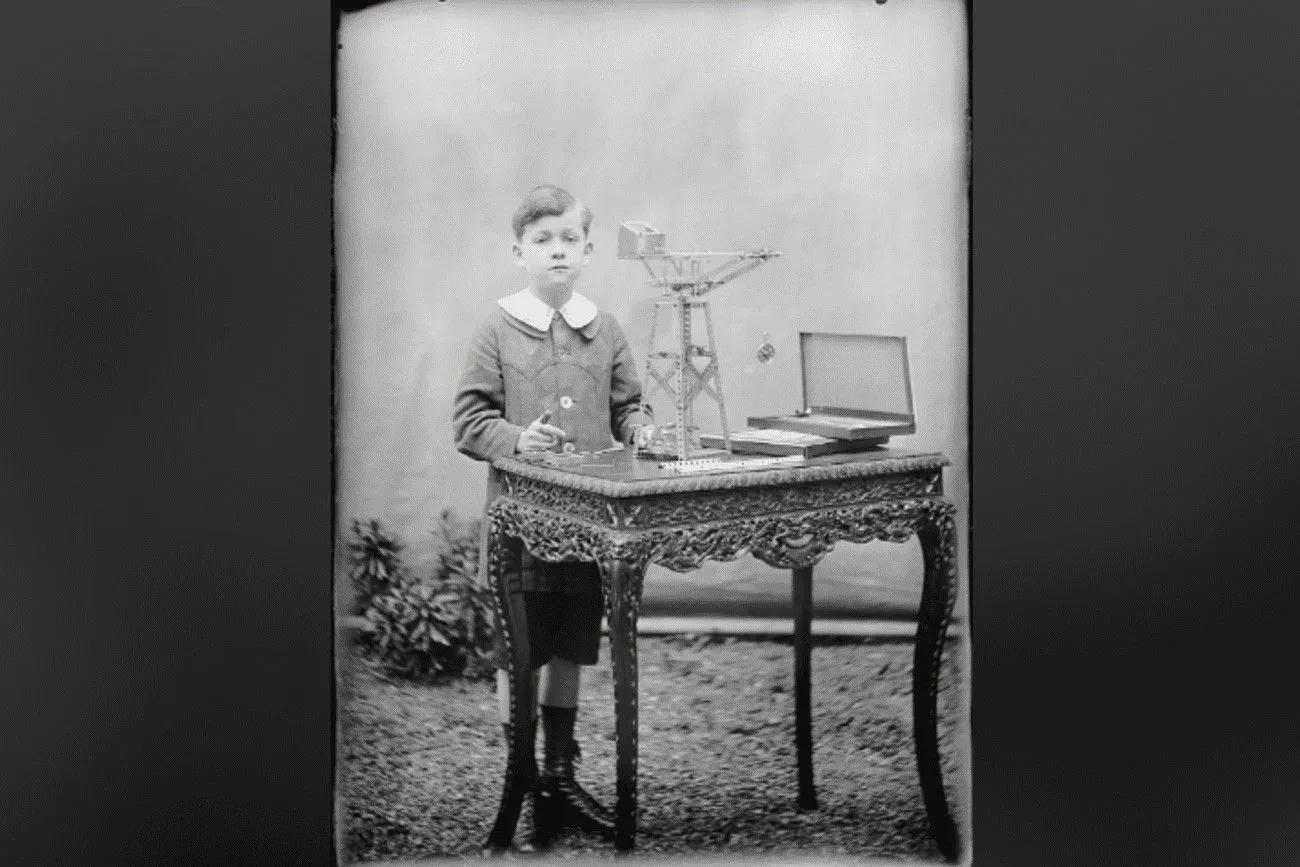 @mistermajik2000/Reddit.com
@mistermajik2000/Reddit.com
Constructor – Now
Fast forward to the present, and LEGO stands as the undisputed monarch of children's construction toys. The iconic interlocking bricks have become synonymous with limitless creativity. With an expansive array of themed sets and a wide community of builders, LEGO has evolved from a construction toy into a cultural phenomenon, blending education with entertainment.
 @ChewybaccaGranolaBar/Reddit.com
@ChewybaccaGranolaBar/Reddit.com